Spanish Civil War
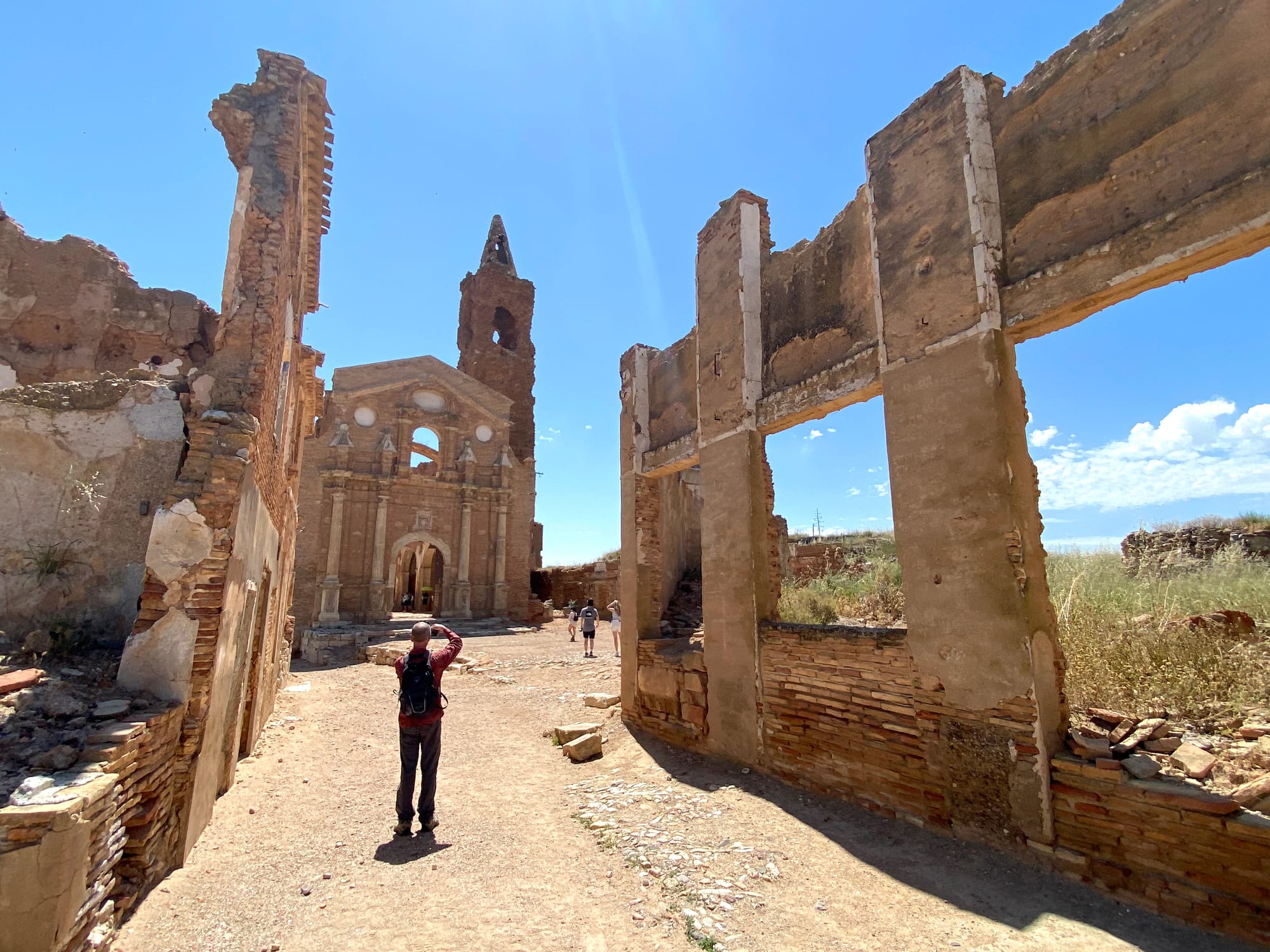
While planning the Hannibal Trail journey, I was checking sites in Spain on Google Maps and came across the site of a Spanish Republican bunker complex outside of Madrid and it peaked my interest in the Spanish Civil War.
My friend Al Willner and I had first come in contact with Spanish Civil War stories when we visited French internment camps where Spanish Republican refugees were confined after fleeing Spain. We were in France following his father's and grandparents Holocaust footsteps during World War II. They along with some of the half million Spaniards that had escaped across the border as the Spanish Republic fell to fascist forces under Generalissimo Francisco Franco in 1939 were interned.
We decided to check out some Civil War sites that were not too far off of the Hannibal Trail.
After Al returned to the US, I continued to visit sites as I toured Spain.


The Spanish Civil War started in 1936. The Spanish military under the leadership of Francisco Franco instigated a military coup with the help of the Nazis who transported the Spanish Army of Africa from Morocco to Spain in the largest military airlift at that time.
Franco's fascist Phalangists would come to be called Nationalists. The Spanish Republican government forces would be referred to as loyalists or Republicans and was a coalition of socialists, communists, anarchists, loyal army soldiers and foreign fighters under the banner of the international brigades. British author George Orwell was a volunteer.
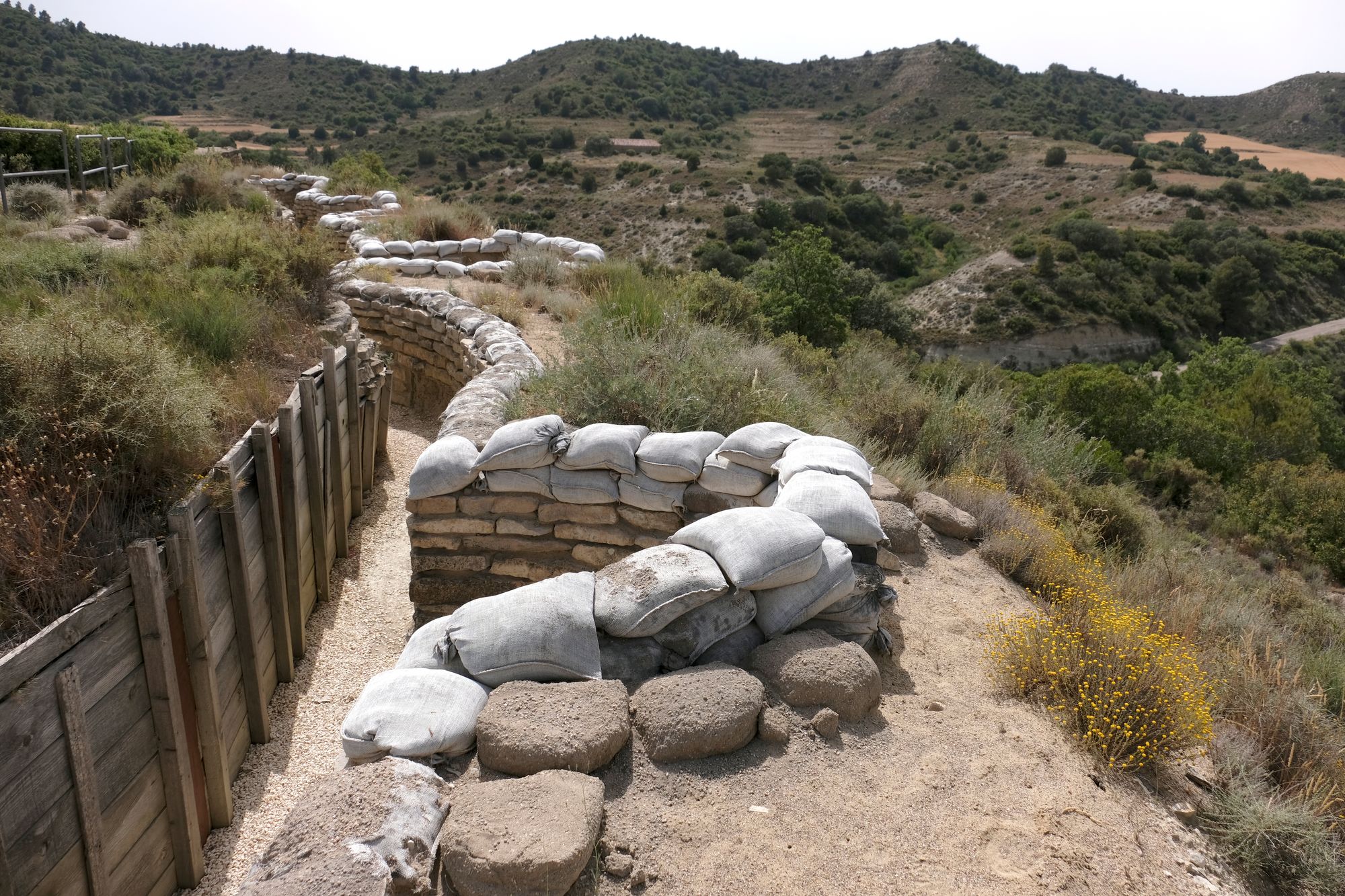
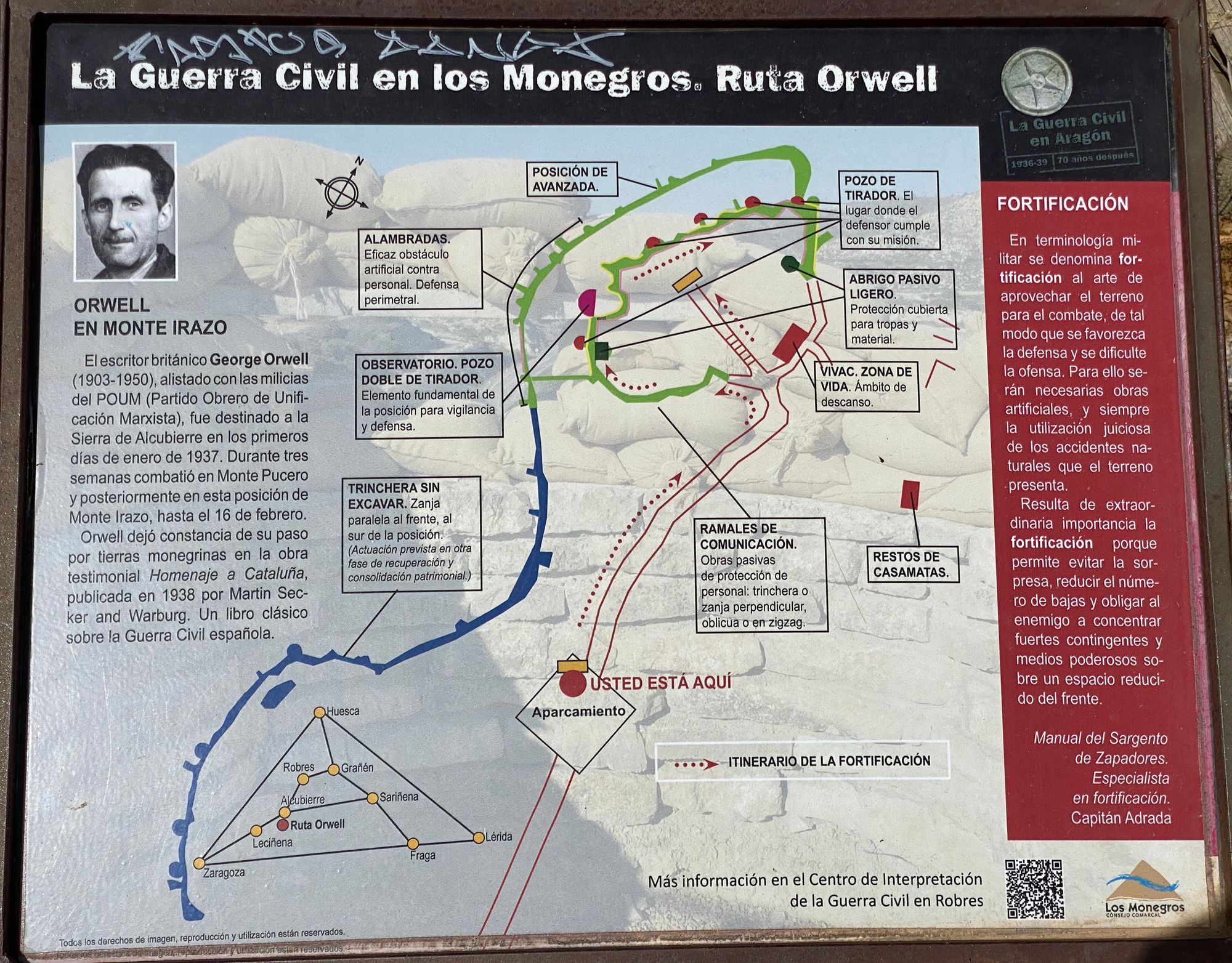
Restored front line trenches where George Orwell served | Los Monegros
Other authors such as Ernest Hemingway and Martha Gellhorn covered the conflict.
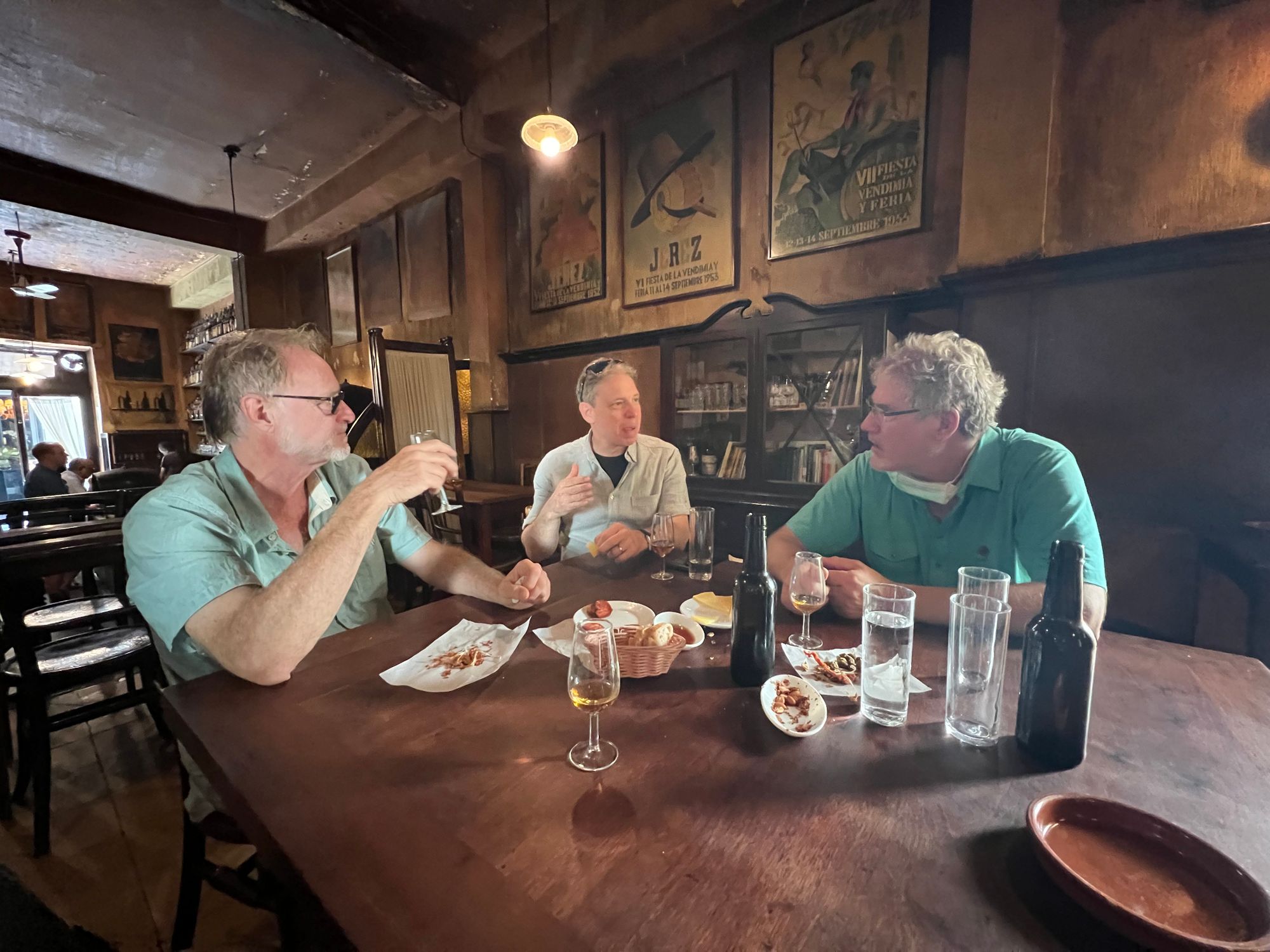
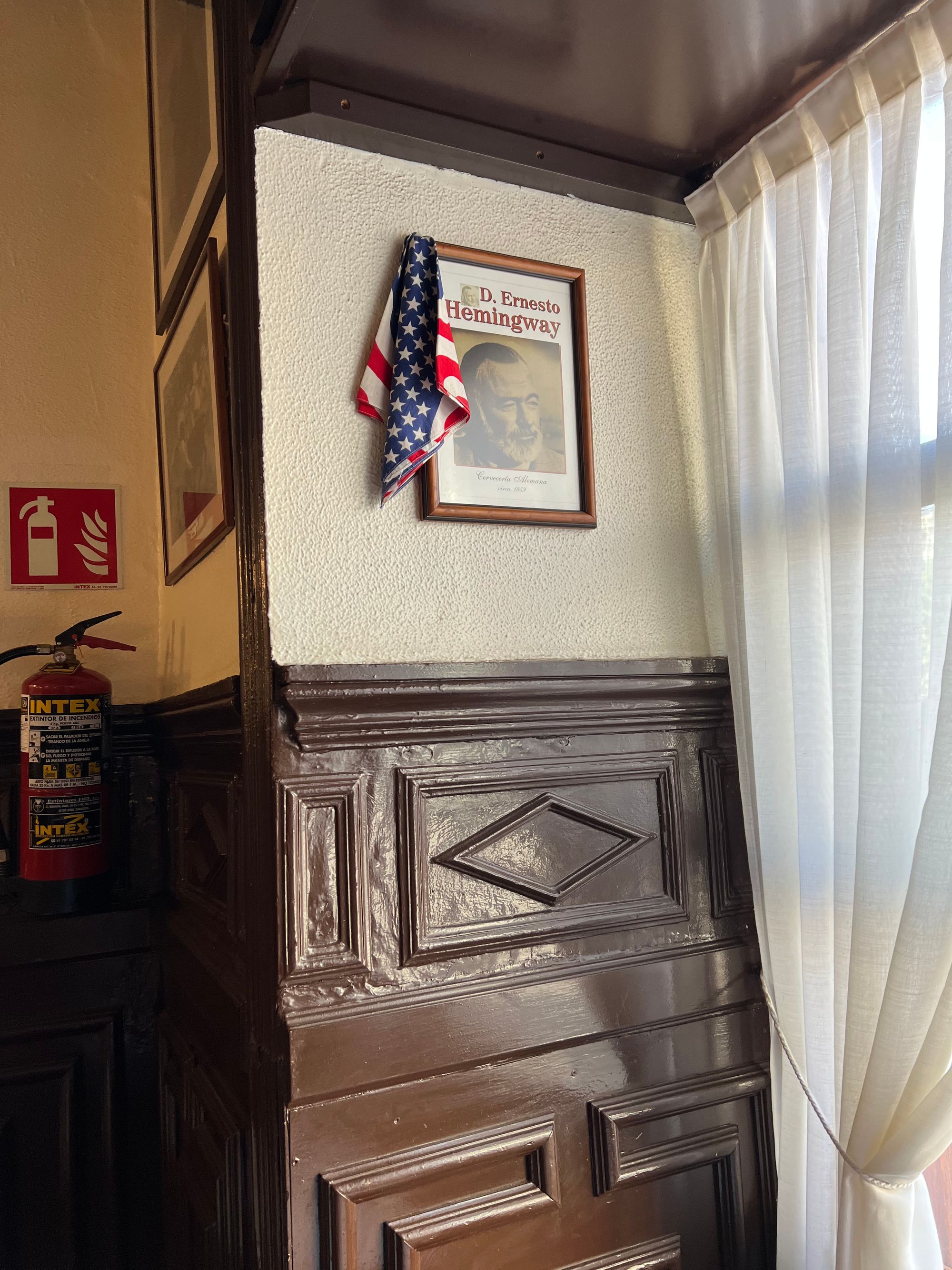
Enjoying sherry with friends Stephen Jelso and Norman Engvall in La Venecia | Hemingway's table at Cervecería Alemana | Madrid
The Spanish Civil War was a lot of things. The elected Spanish Republican government was dominated by socialists and communists and had the support of the workers, farmers, and intellectuals. In the 1930's the country was underdeveloped and poor with a money-elite supported by the Catholic Church and whose families ruled the military, owning land and businesses. The government land reform which would breakup large estates threatened landowners and the church's wealth.
The attempted mutiny of the National Guard at the Montana Barracks was bloodily-suppressed by loyal police forces and workers militias and Madrid became the main focus of the war. Franco expected to prevail within weeks and came close to defeating Republican forces in Madrid. The government was hastily evacuated to the seaside city of Valencia. Madrid would be one of the last places to surrender to Nationalist forces.
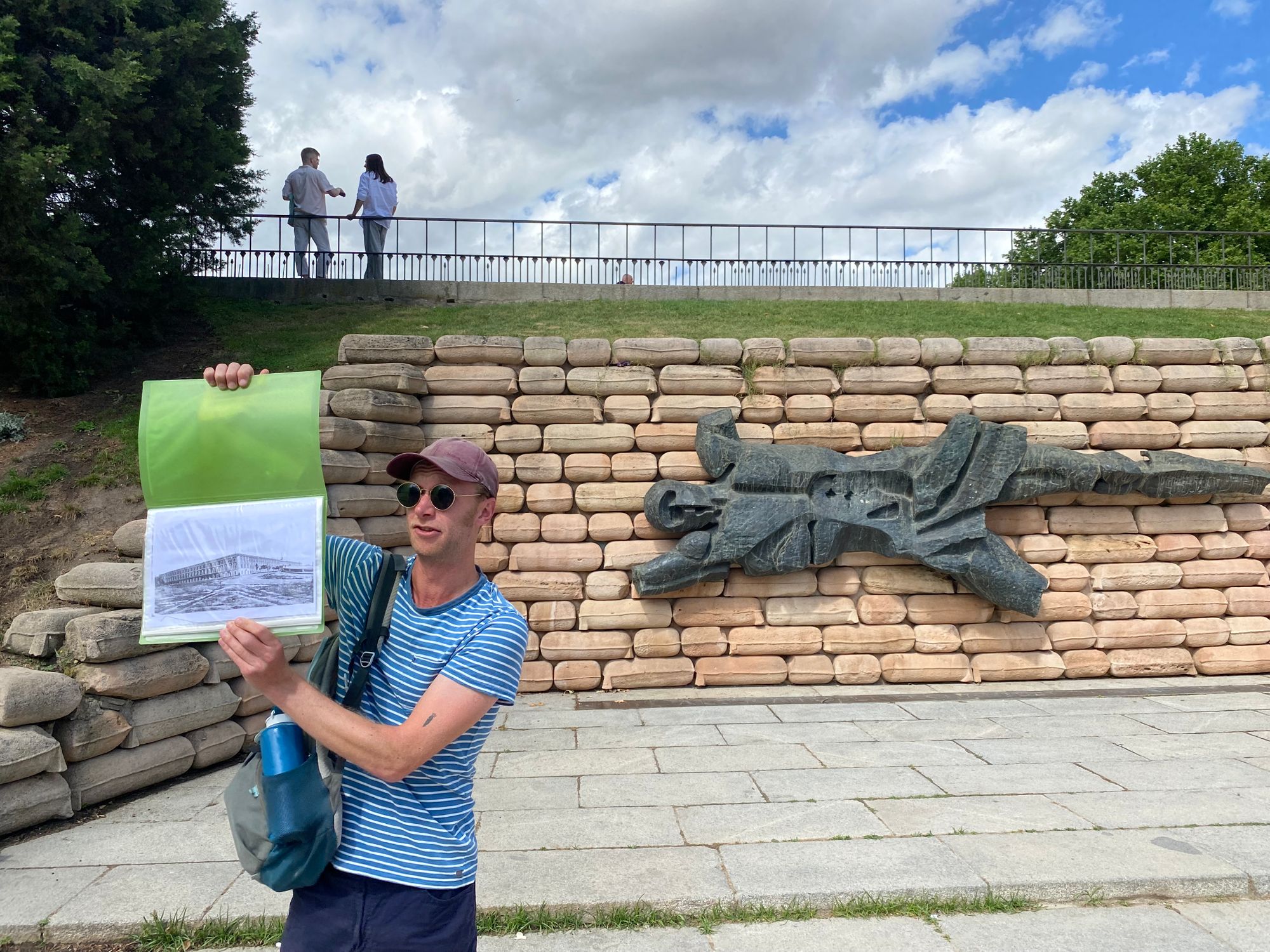
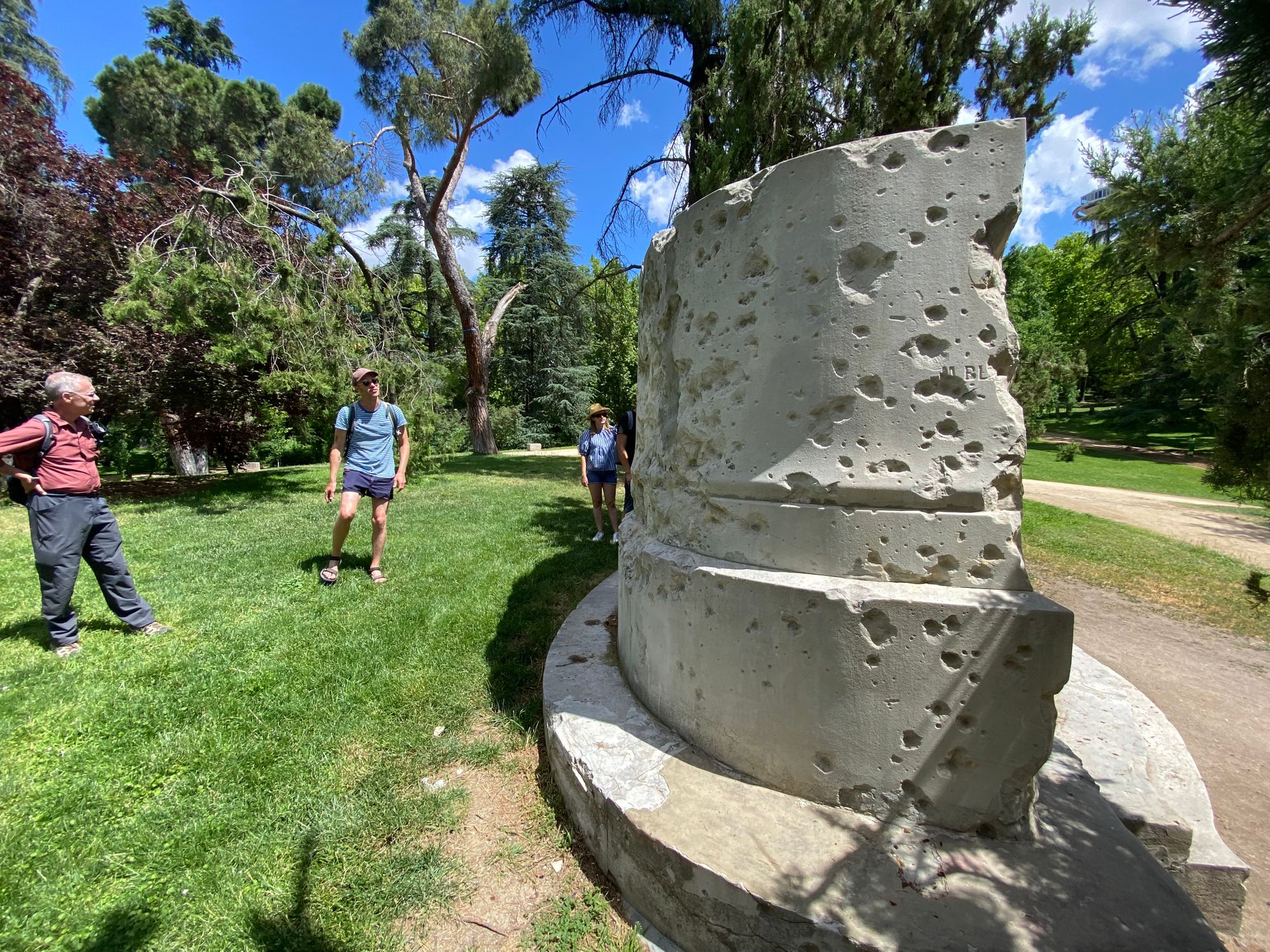
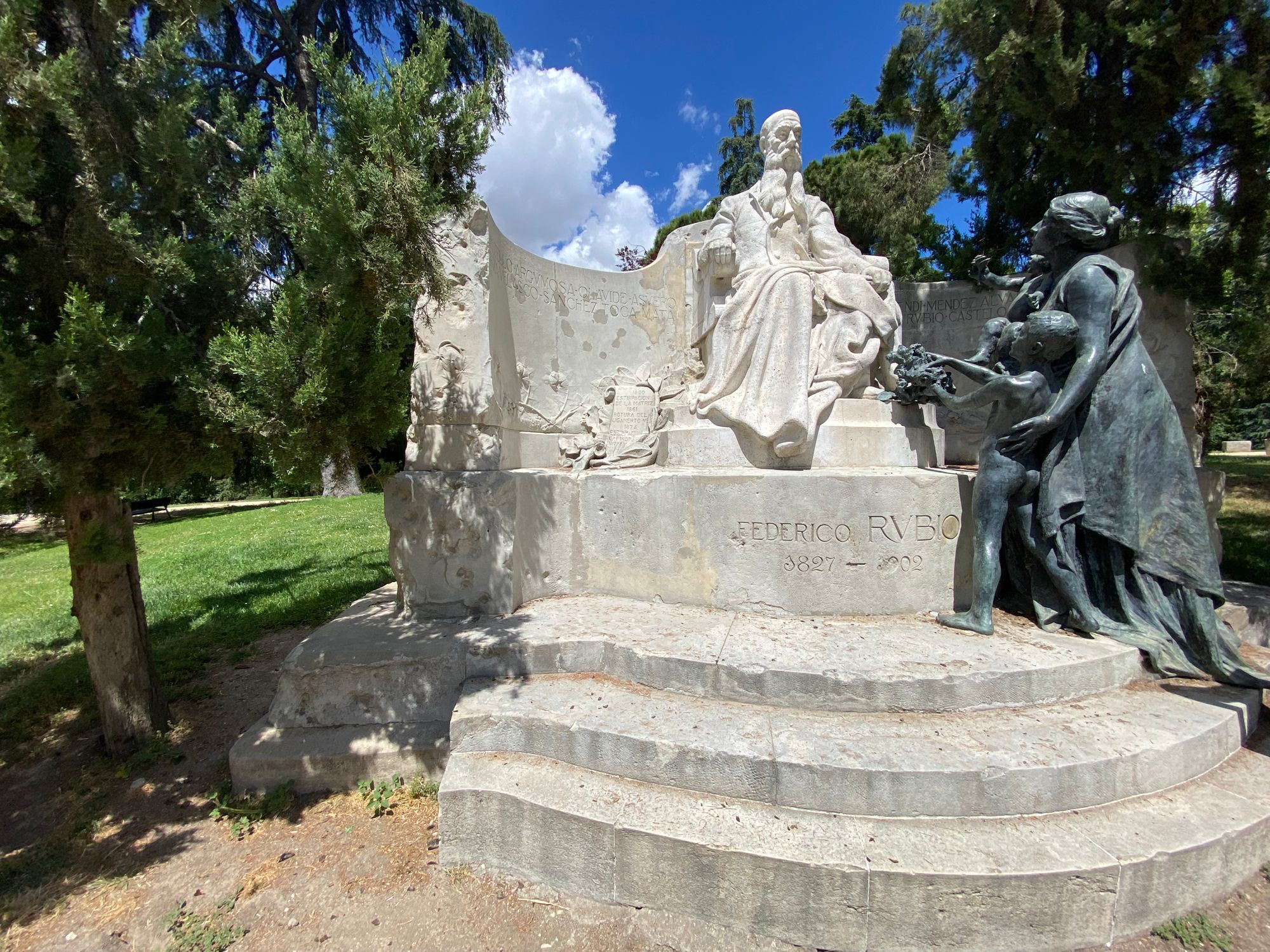
Guru Walks guide Will at Montana Barracks Monument to the Fallen | Federico Rubio statue that was used as a Republican defensive position | Madrid
The Nationalists routed Republican forces in the south and west of the country, but when Madrid held and positions became entrenched, Franco concentrated on defeating the Republican-allied Basque forces in the north.
On April 26th 1937, Nazi German Luftwaffe's Condor Legion and the Fascist Italian Aviazione Legionaria, bombed the spiritual center of the Basque people at Guernica. The industrial and railroad area of the city were intentionally left untouched and the heart of the city was devastated. Between 250 and 400 civilians were reportedly killed in the first aerial terror bombing in modern warfare.
The city fell to the Nationalist rebels three days later.
Spanish painter Pablo Picasso who had been commissioned to do a painting for the Paris International Exposition, started his monumental anti-war work the day after the bombing.
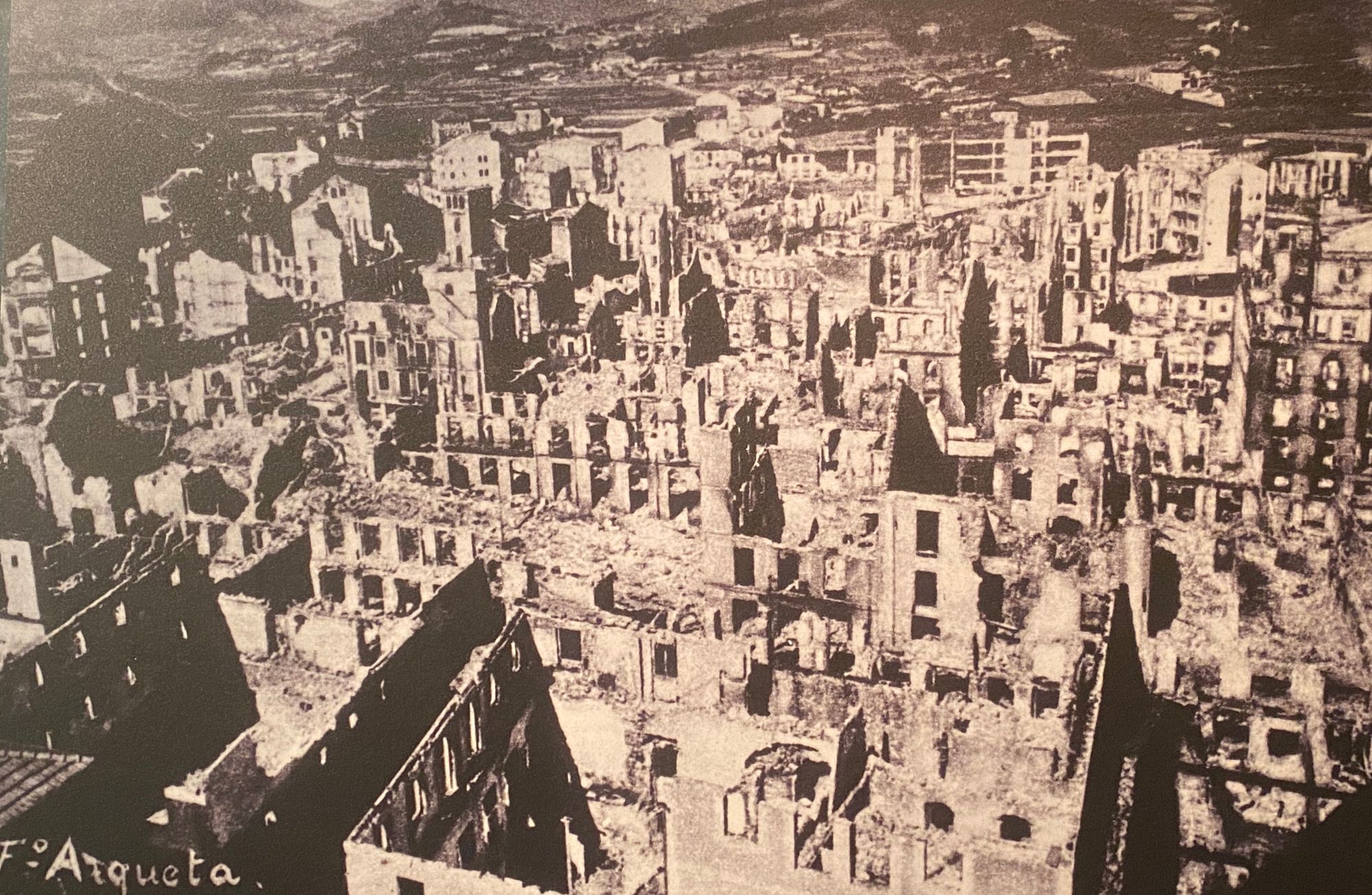
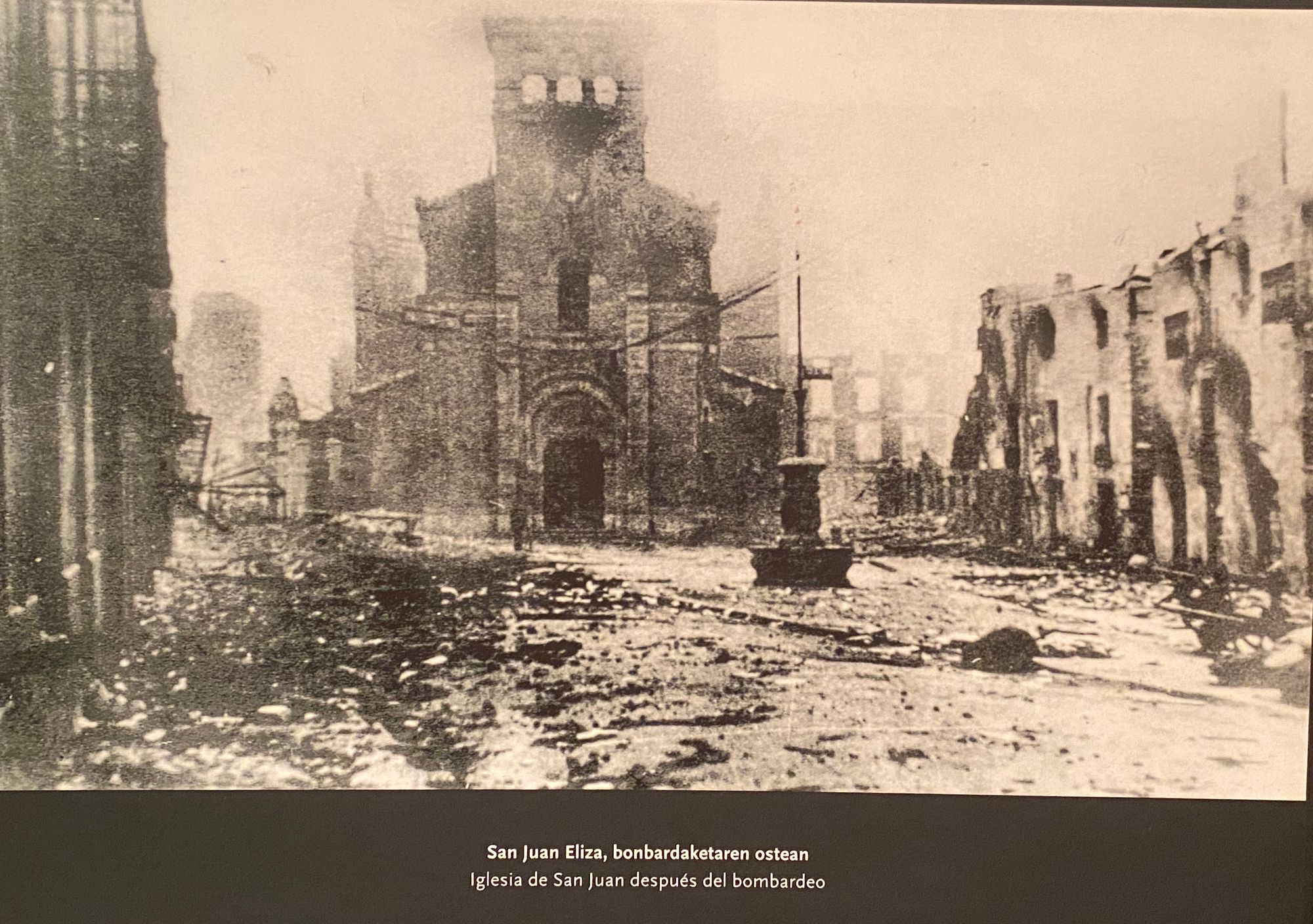
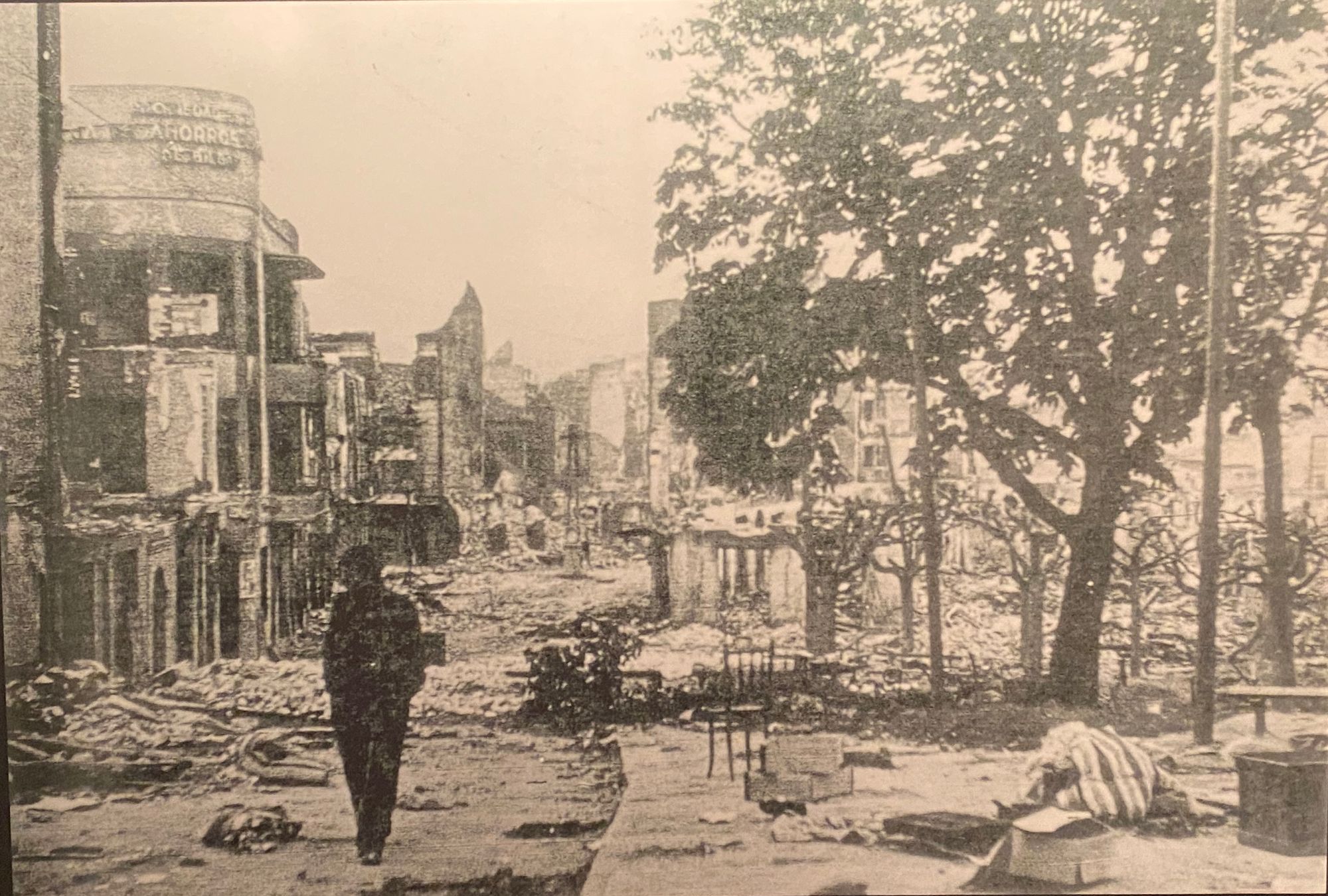
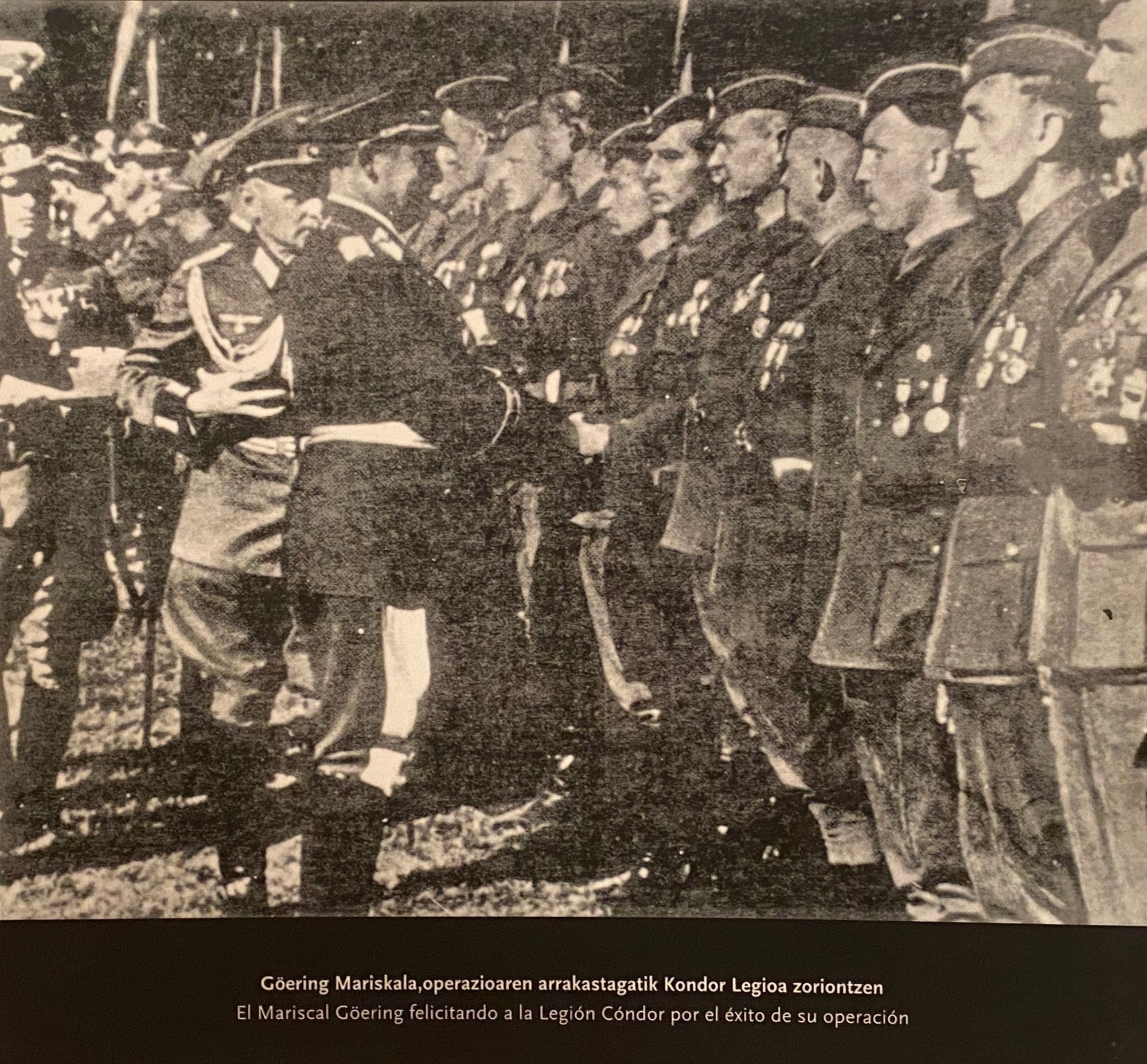
Archival photos of the destroyed city | Nazi Marshal Hermann Goring congratulates the Condor Legion after bombing | Peace Museum | Gernika
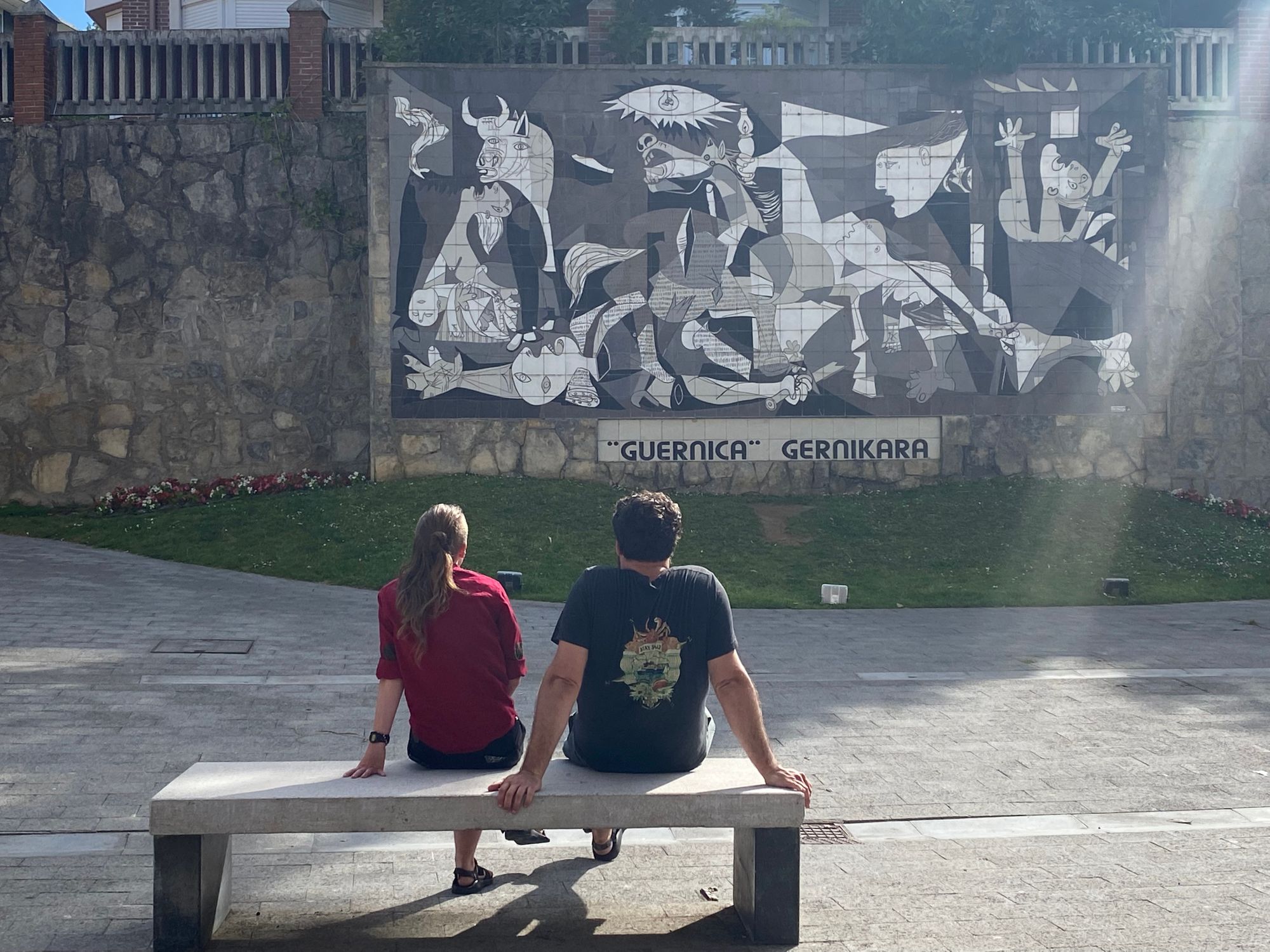
a replica of Picasso's Guernica | Gernika

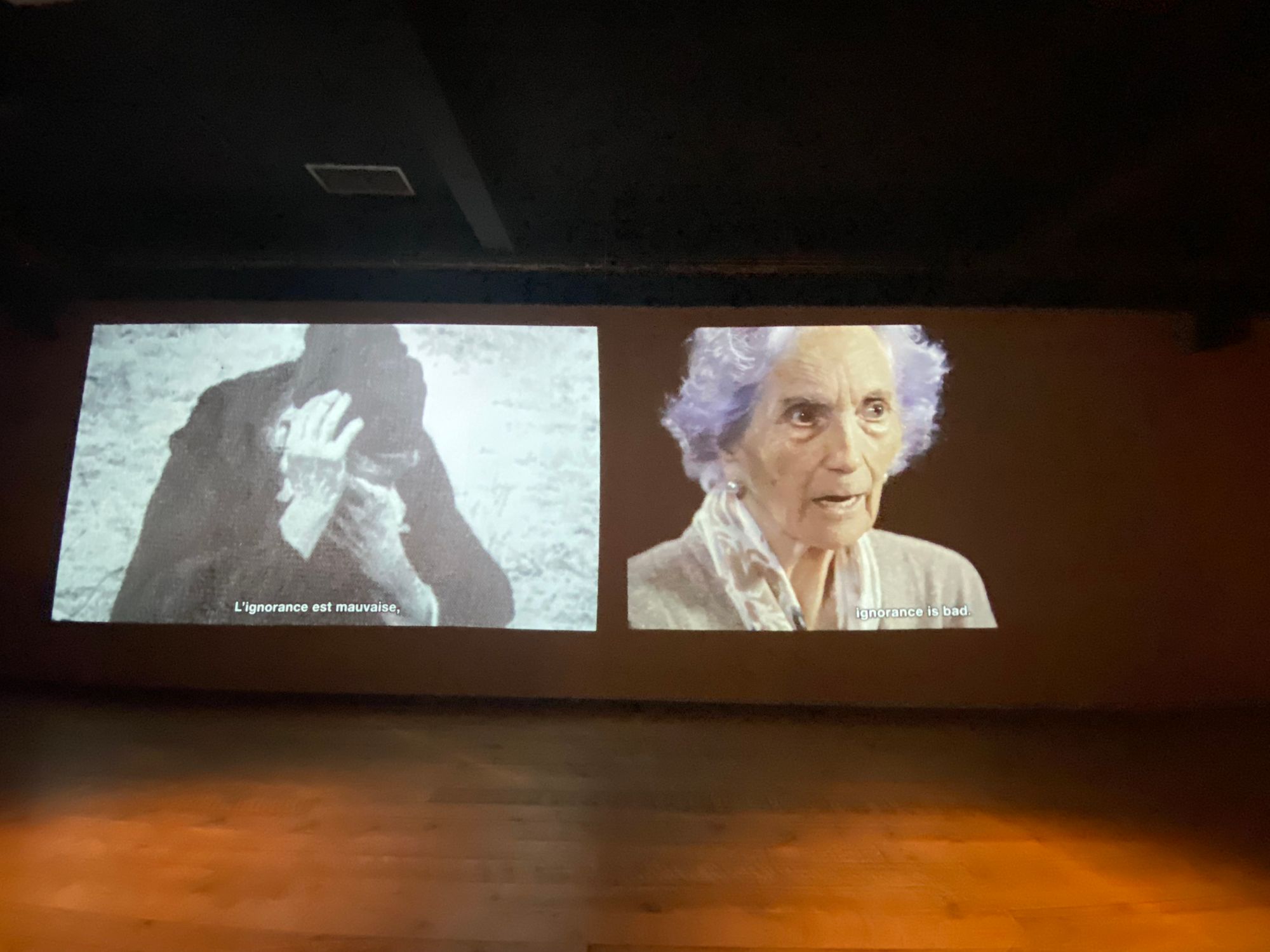
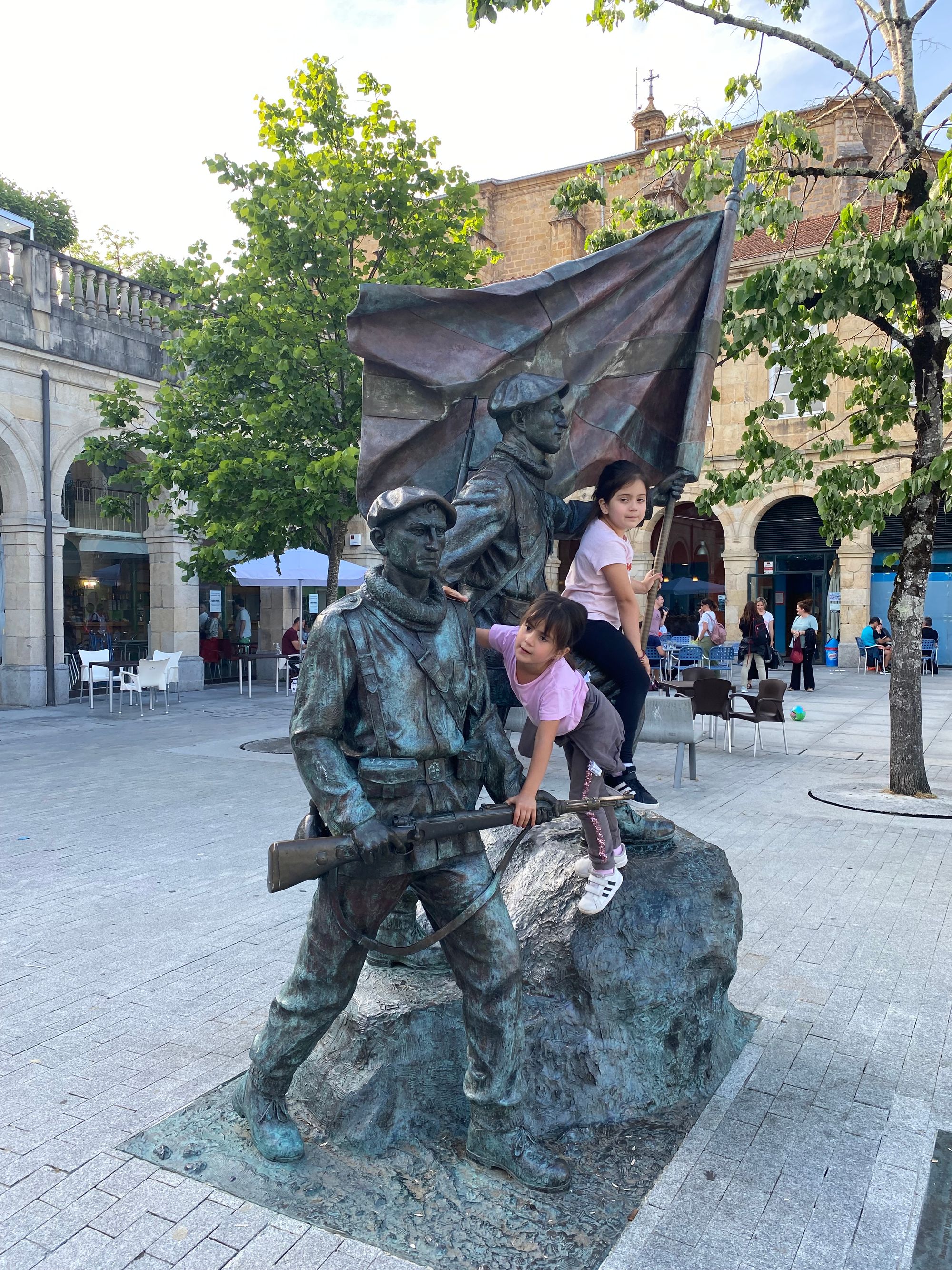
A witness to the bombing | Peace Museum video | children play on the Warrior's Monument to Basque fighters |
As the stalemate continued around Madrid and with the eminent defeat of the Basque Republicans, the fascists sought to battle their way to the Mediterranean Sea to cut the Republican forces in two.
The Republicans dug in and established defensive positions in strategic passes and were able to halt the advance.
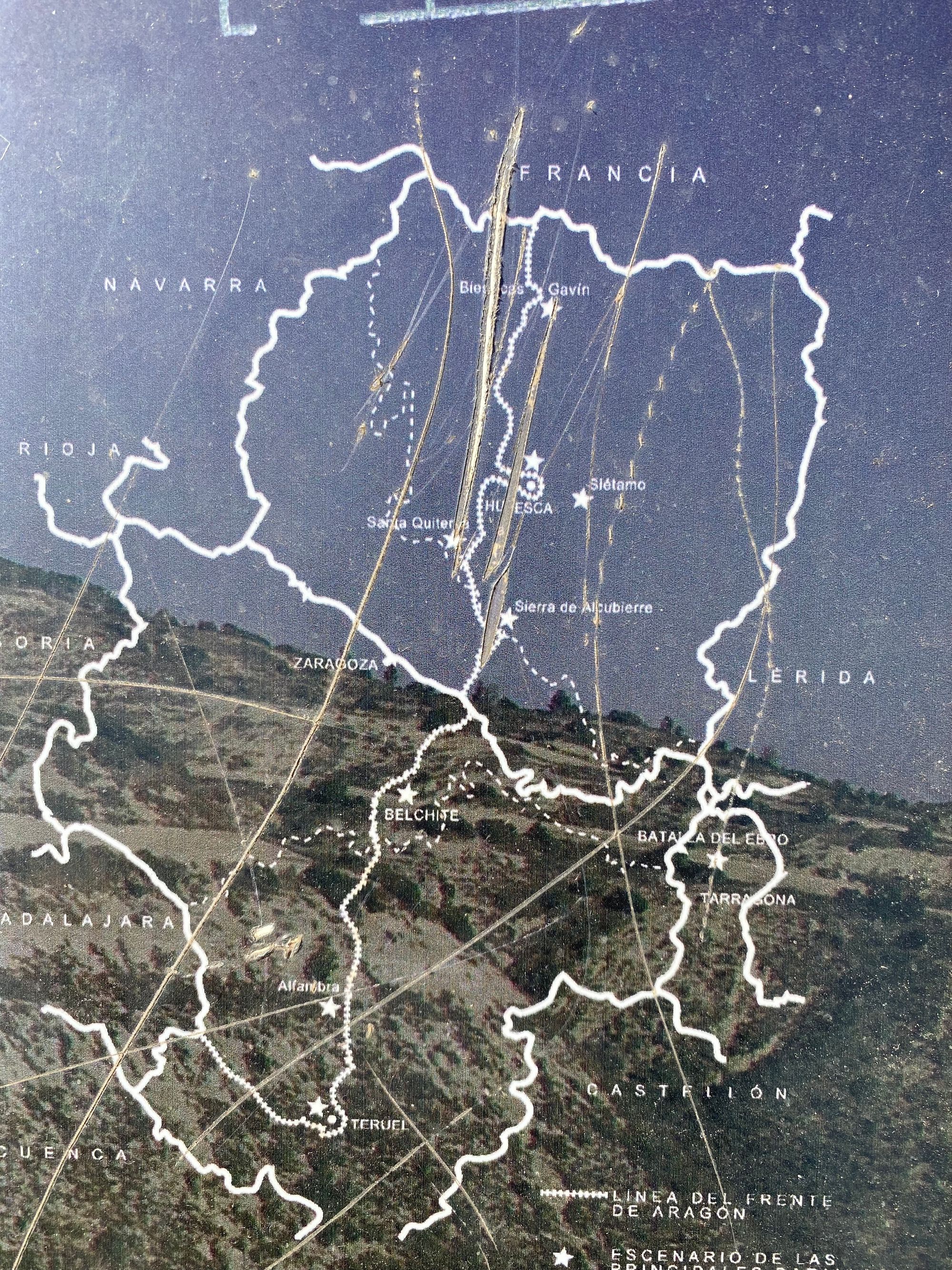
map showing Republican Aragon defensive line
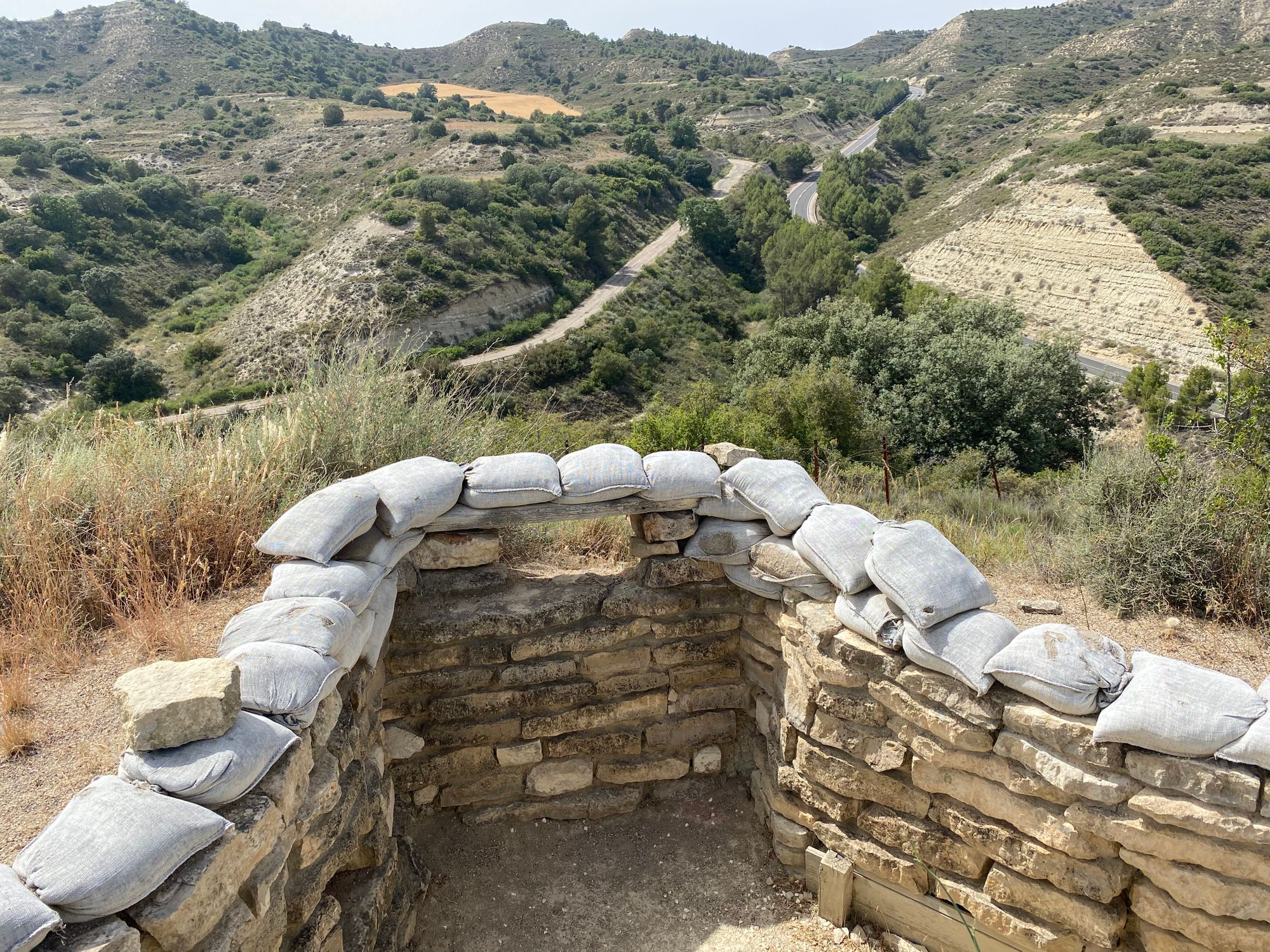
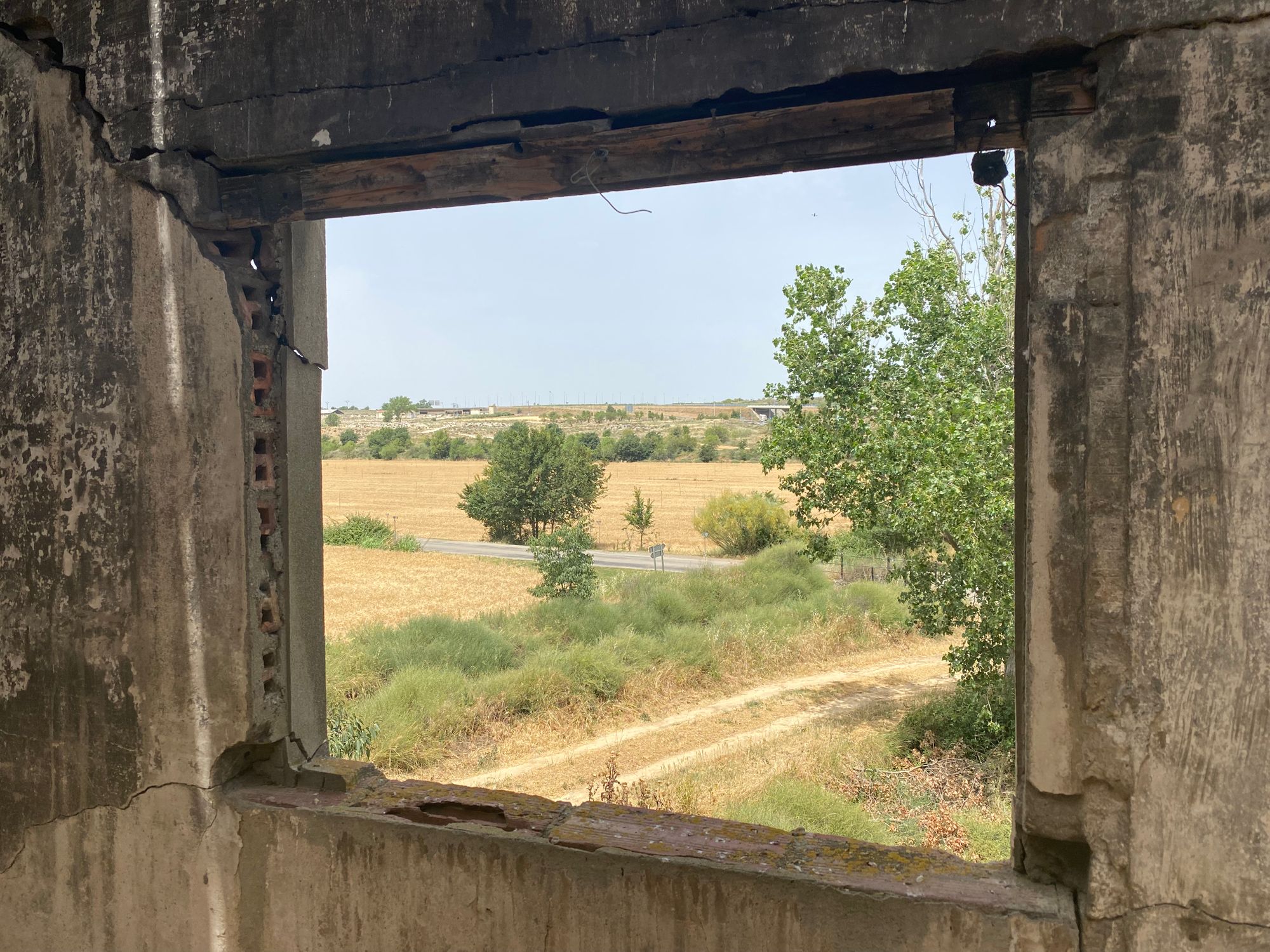
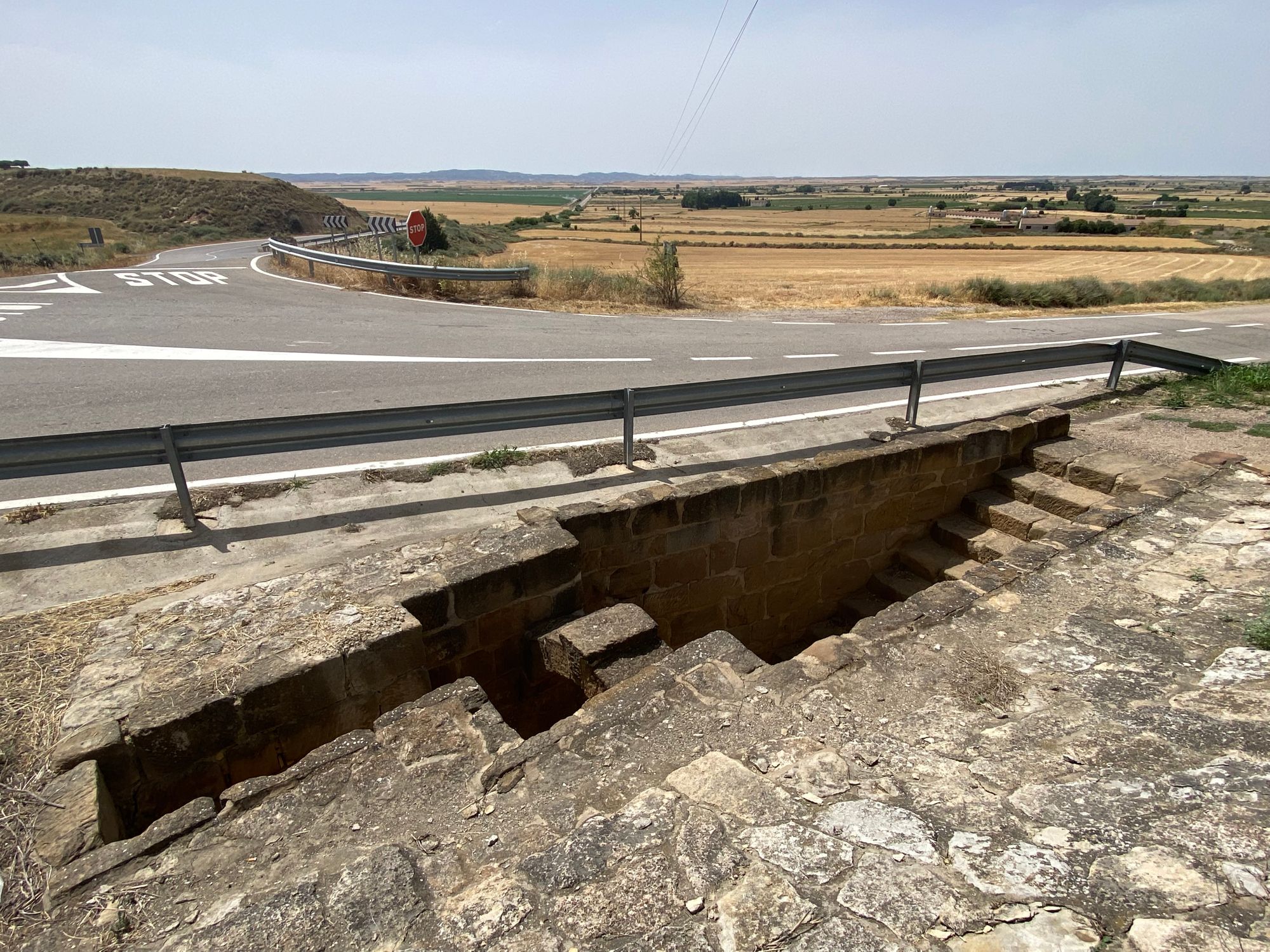
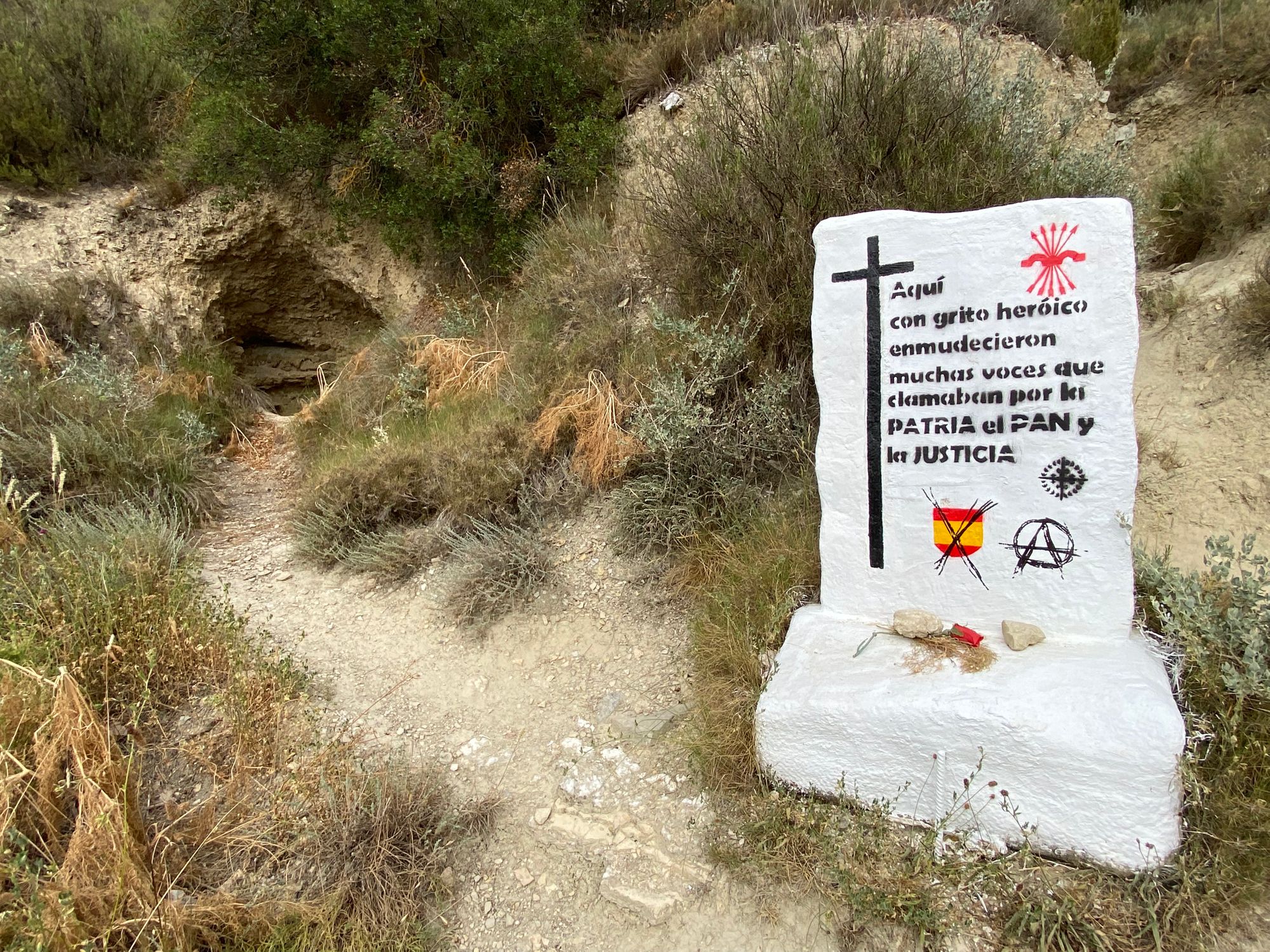
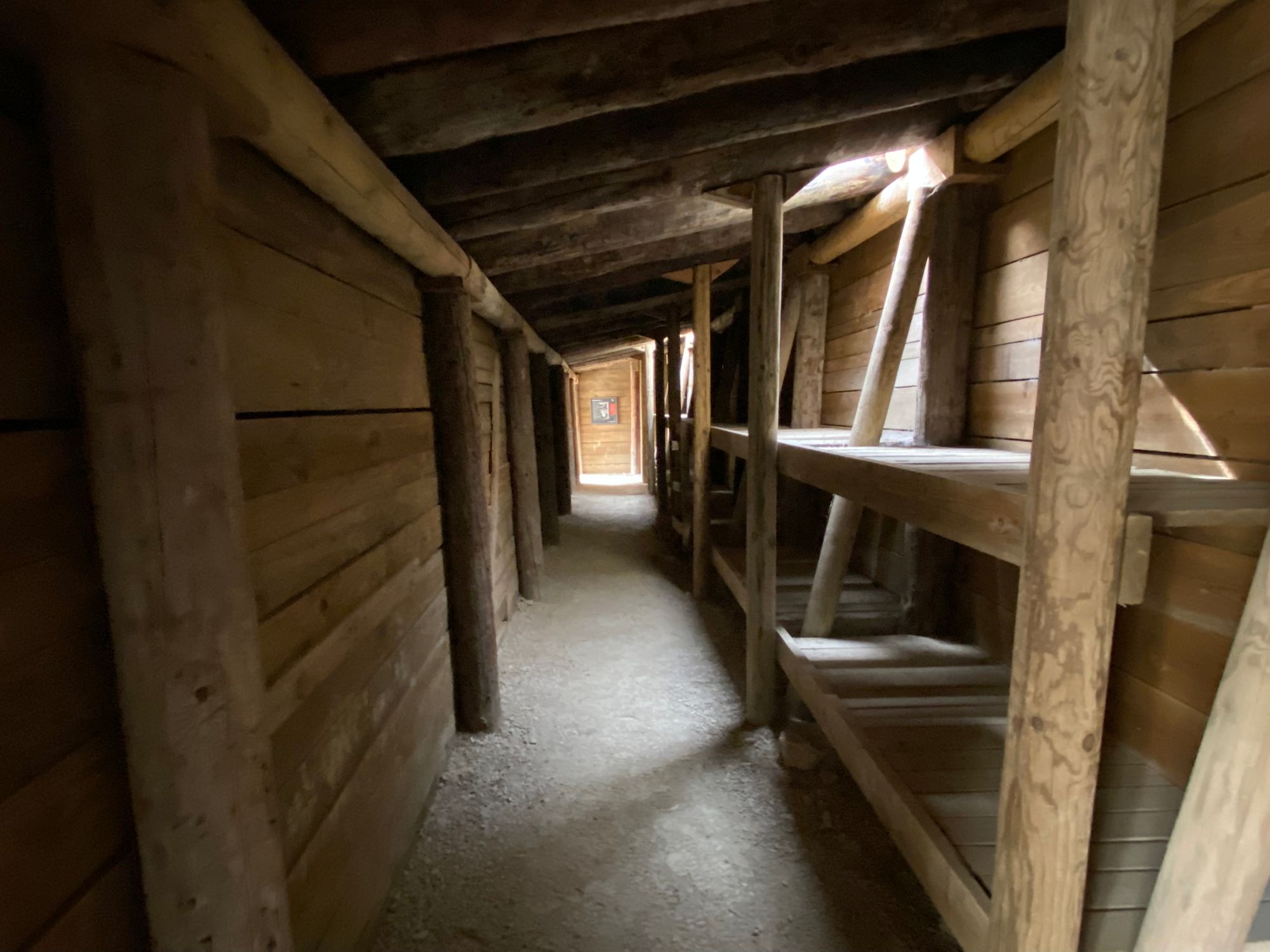
trenches | George Orwell Route | view from a control tower of a Republican airfield at Antigua Estación de Castejón del Puente | bunker complex at important convergence of roads | Lanaja | a monument and underground barracks at front line | Alcubierre
Though the European powers had signed the non-intervention agreement, both Germany and Italy provided thousands of troops, planes, artillery, tanks, guns and equipment to Franco's Nationalists. The United States, Britain and France remained on the sidelines. Late in the war President Franklin Roosevelt acknowleged that non-intervention in the Spanish Civil War had been a mistake.
With the Western powers boycotting the Republicans appeal for aid and armaments, Joseph Stalin's Soviet Union stepped in. The Russians persuaded the Spanish government to ship their immense gold reserves collected over hundreds of years of exploitation and colonial rule in the New World, to Russia for safekeeping and to finance their military aid.
Foreigners, most of them with no military training, started crossing the closed borders of Spain, to join the International Brigades. The Abraham Lincoln and George Washington Brigades, one of which was commanded by an African-American officer, were made up of Americans. They fought bravely and suffered tremendous casualties. Up to a quarter of the estimated 40,000 to 60,000 foreign volunteers would die in the war before being disbanded on 23 September 1938.
With the failed Republican offensive at Brunete to push back Nationalist forces on the outskirts of Madrid, an Aragon offensive was initiated in an attempt to stop the Nationalist advance towards the Mediterranean and to retake the cities of Zaragoza and Huesca.
The offensive stalled outside of the beseiged cities of Huesca and Belchite. Belchite would ultimately fall after a two week battle and Franco after recapturing it ordered it to be preserved as a "living monument" to the heroic Nationalist defenders who held out until the last man.

Placards showing the undamaged city are placed throughout the ruins | Belchite
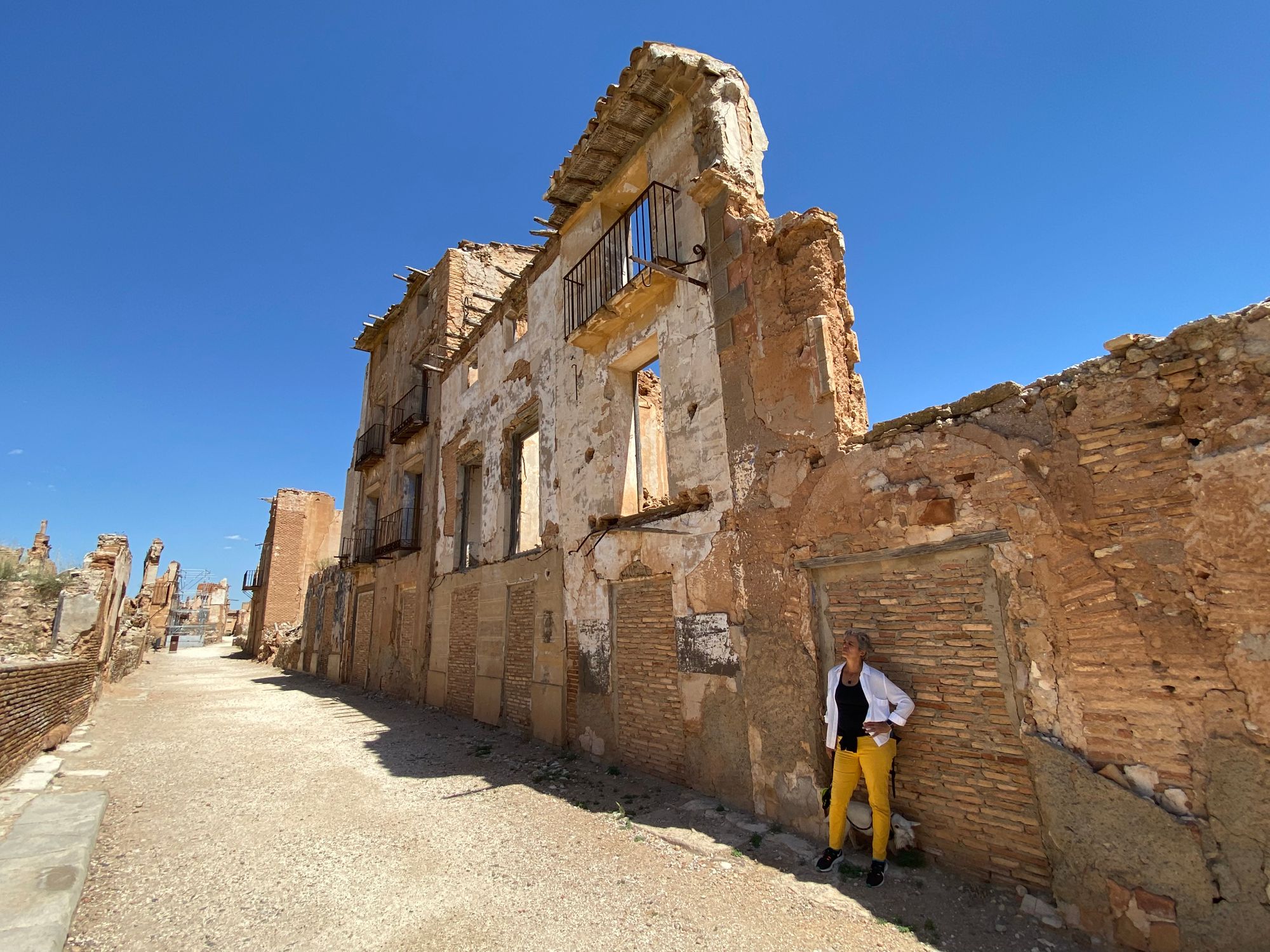

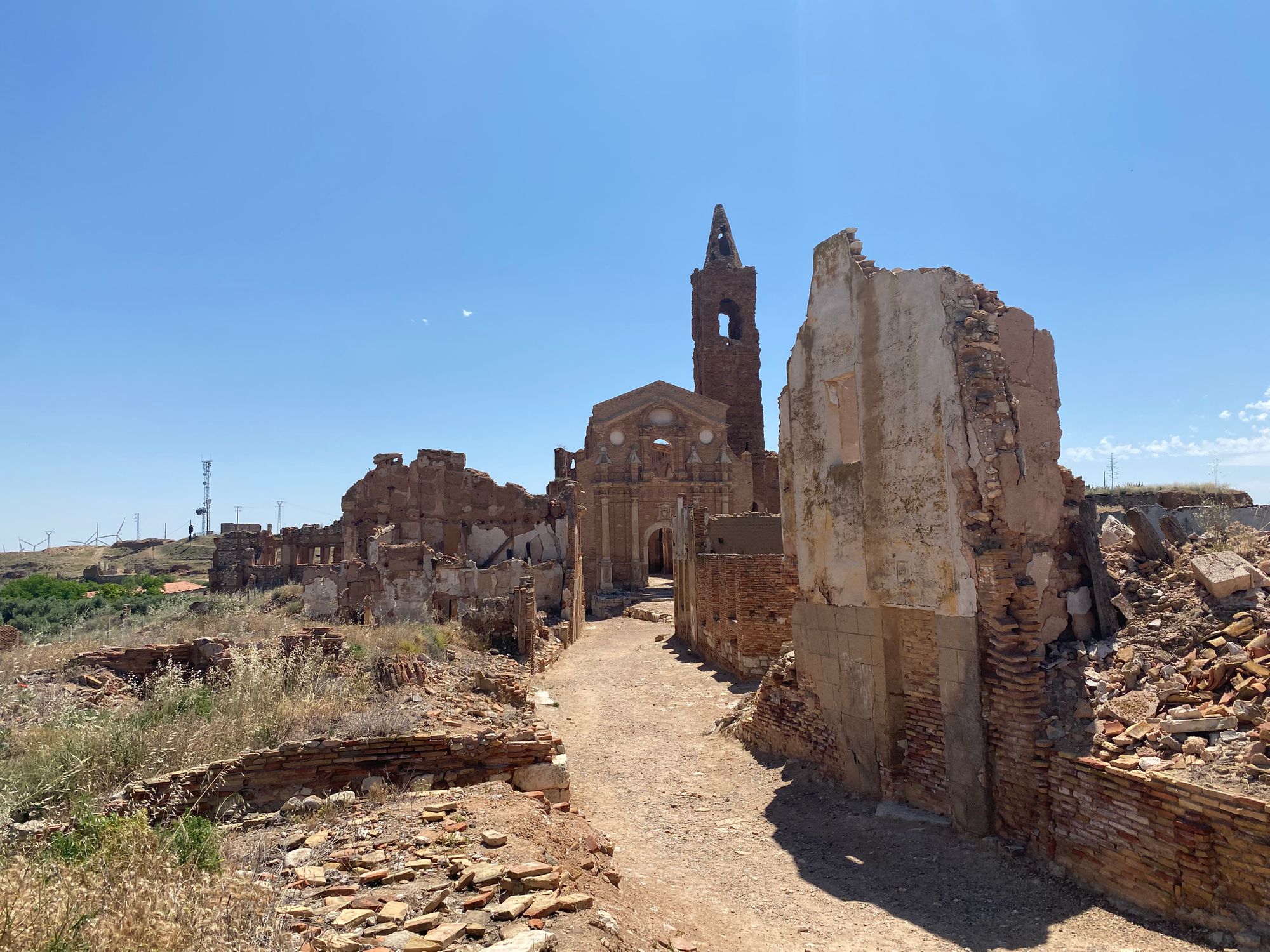
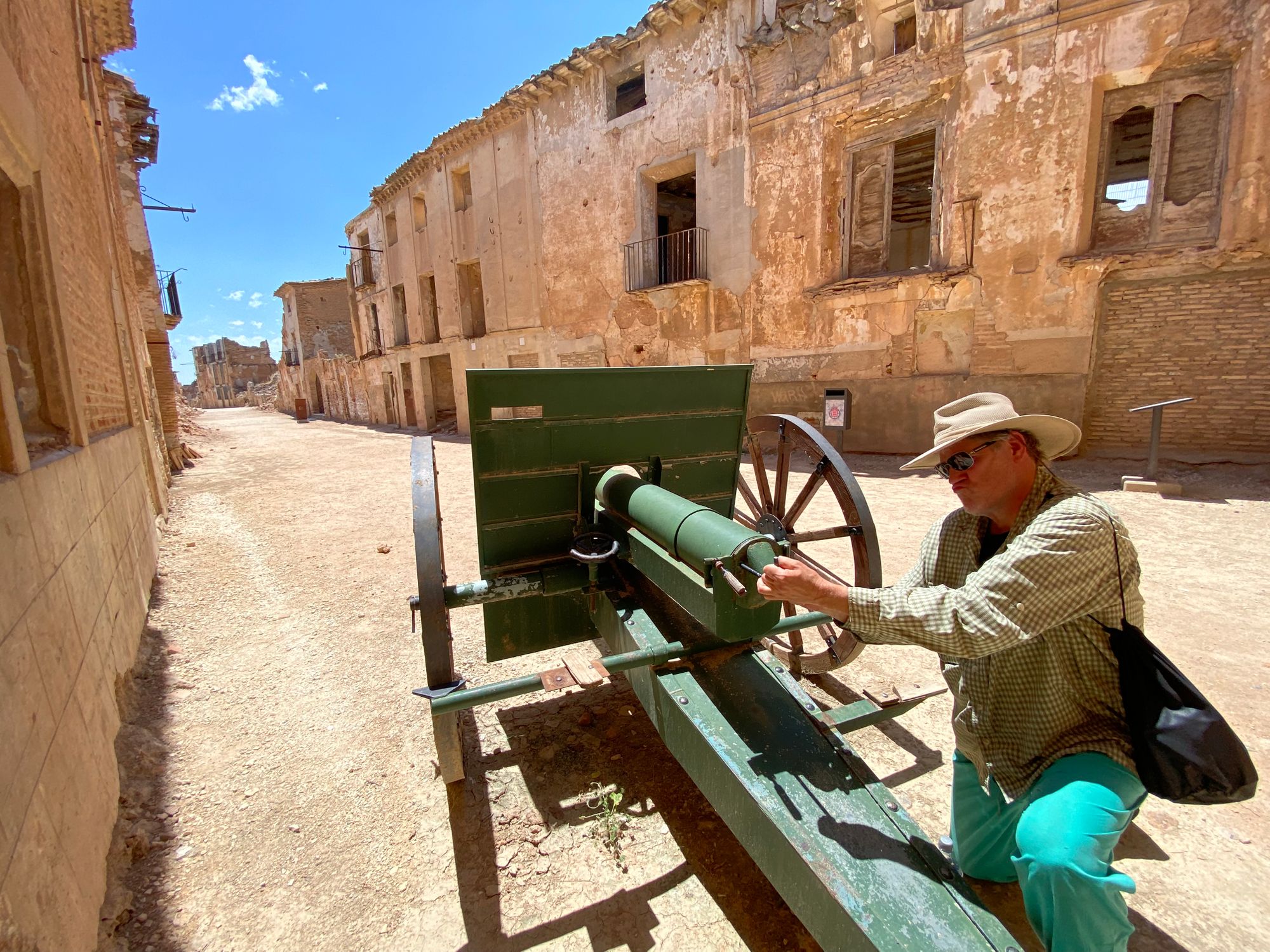
The battle destroyed ruins | Norman Engvall mans an artillery piece | Belchite
After arriving in Spain from Tunisia, Al and I visited the 2nd century BC Hannibal Barca Battle of the Tagus River and the Seige of Segunto. We were on our way to the Pyrenees pass to France when we decided to pay a visit to Barcelona (Camp of the Barcas) to explore it's Spanish Civil War history.
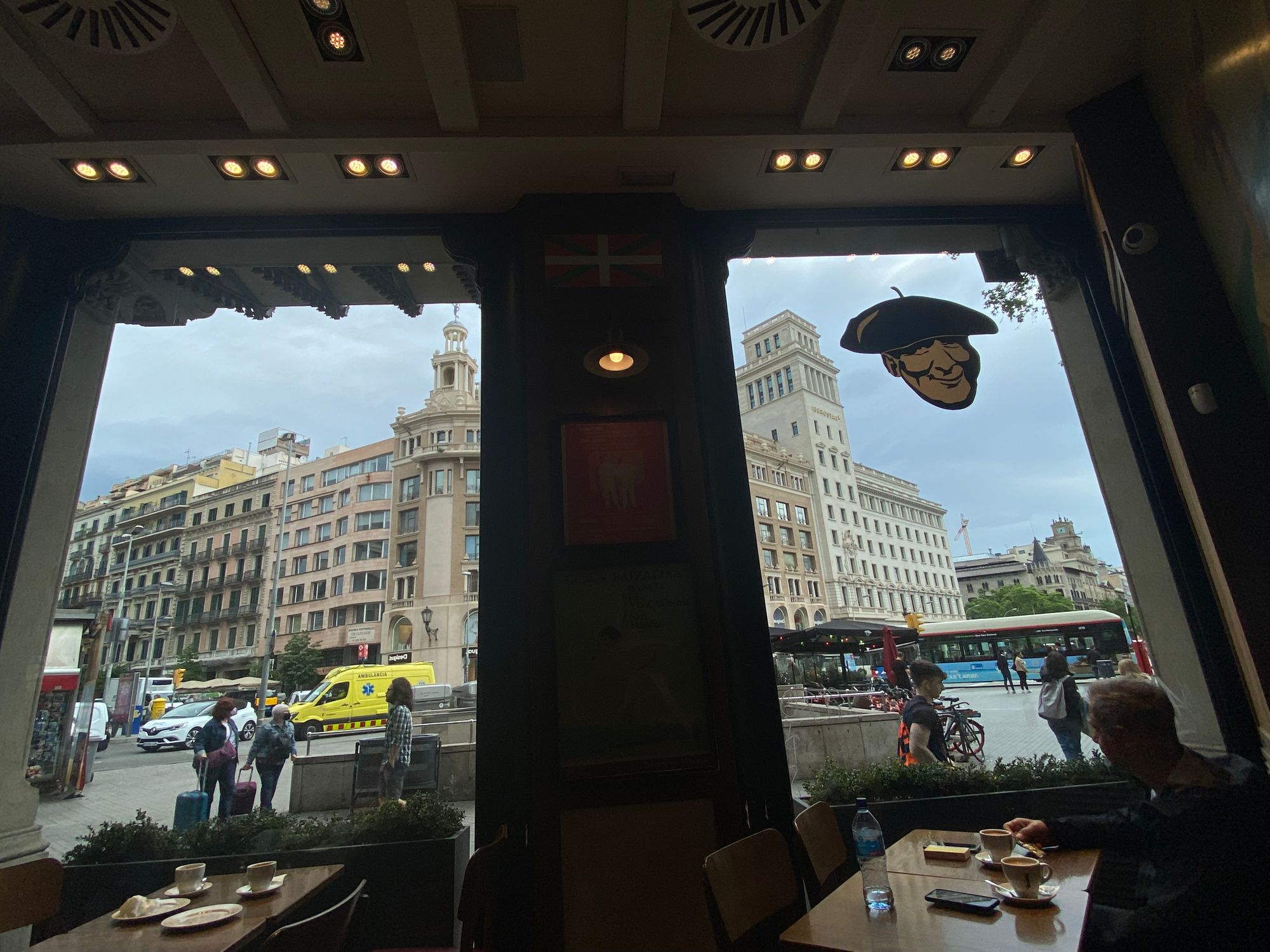
The Telefonica Building from Txapela cafe | Barcelona | The siege of the building started the internal uprising known as the May Days in 1937
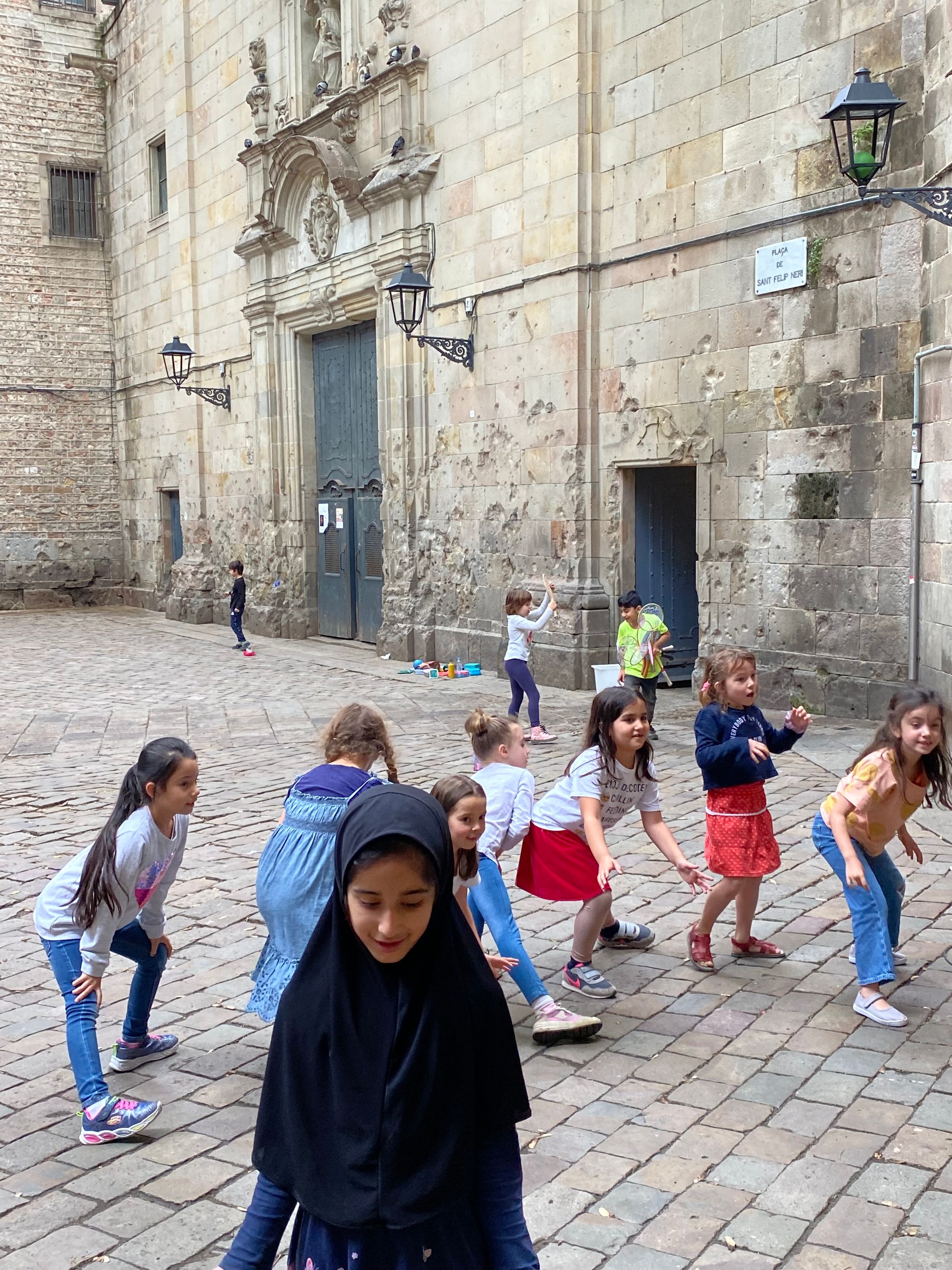
Children play outside the bomb-pocked Church of San Felipe Neri | 42 children died when it was bombed by Nationalist Air Force on 30 January 1938
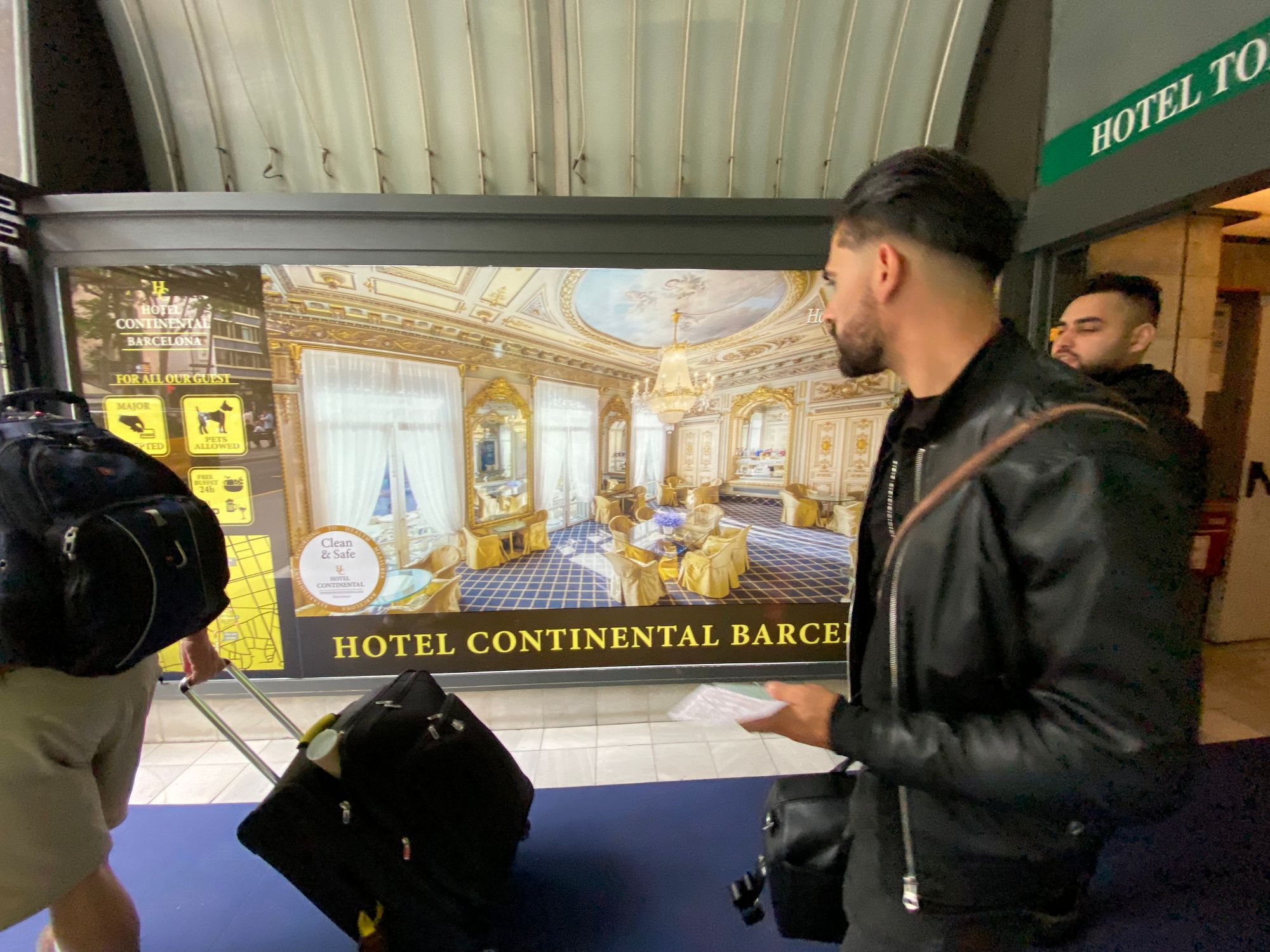
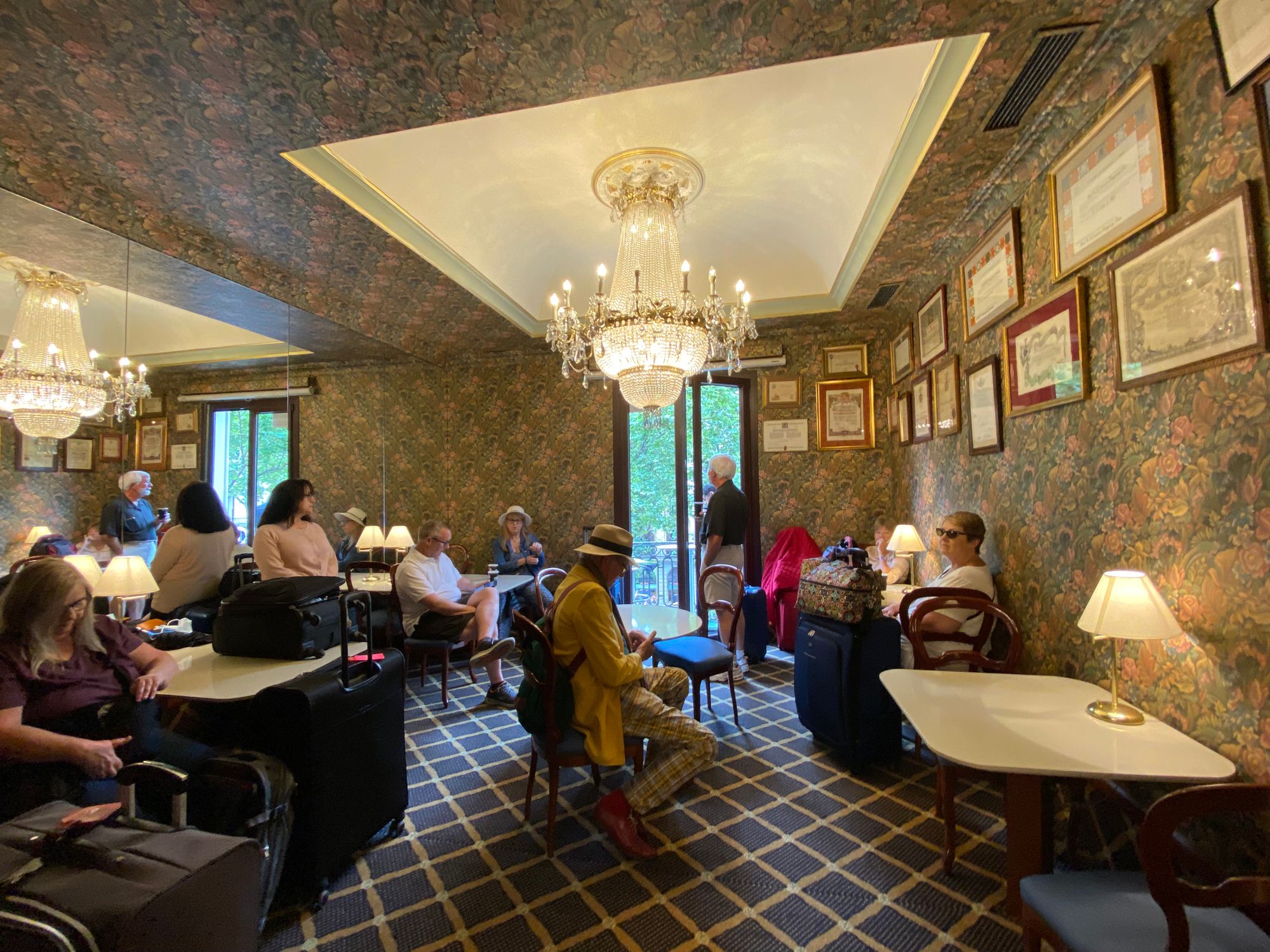
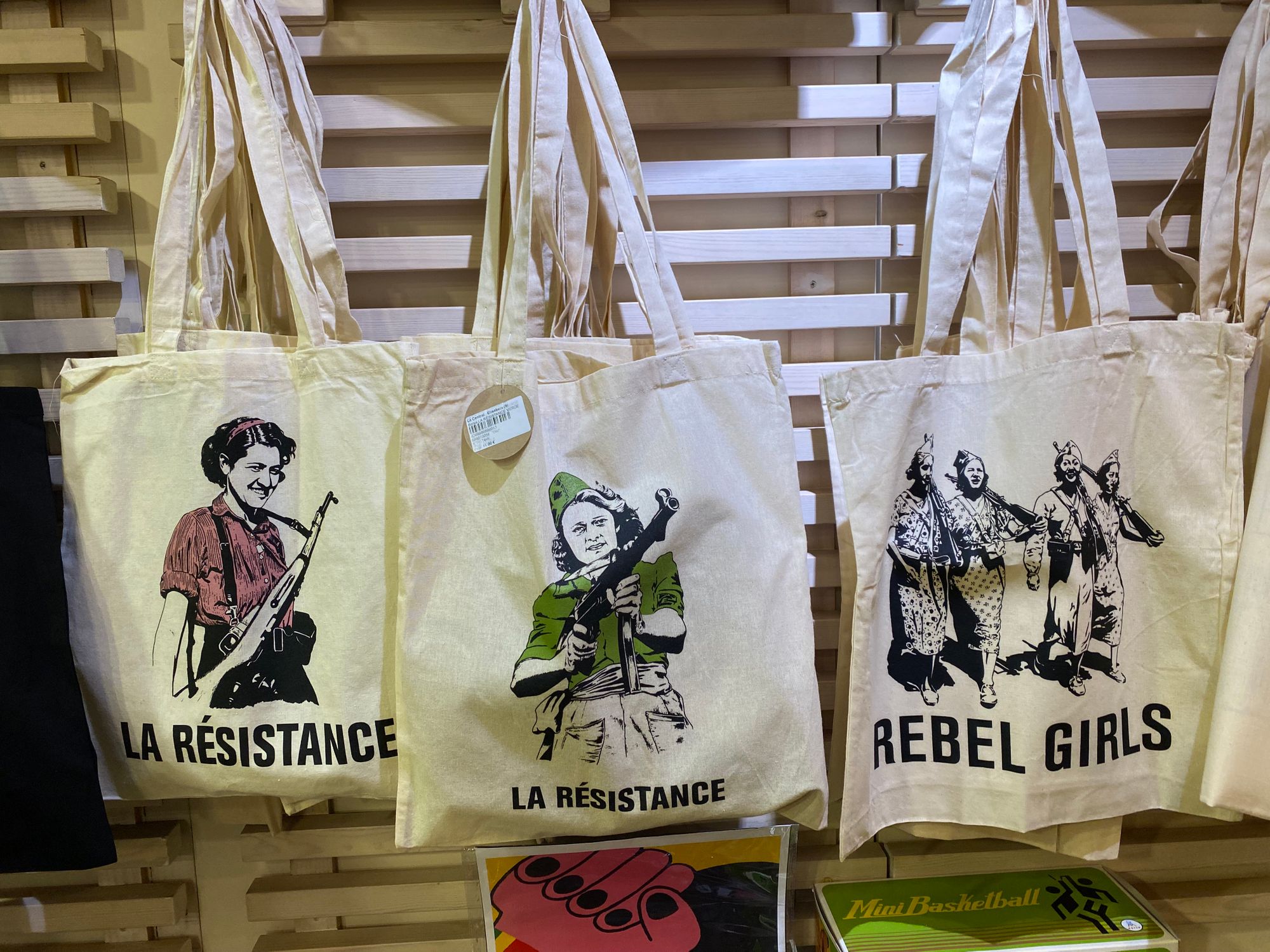
Hotel Continental entrance and lobby where George Orwell and journalists stayed | souvenirs depicting Republican women soldiers

The fall of the Catalonia capital of Barcelona on 26 January 1939 to the Nationalists precipitated a mass exodus of Republicans and civilians to France.
Some 500,000 Spanish refugees fled to France and were interned in massive camps. Sanitary conditions were abysmal, malnutrition and disease widespread. Thousands died and most never returned to Spain. These camps were also to house Jews and others deemed "undesirable" by France's Nazi collaborationist Vichy government.
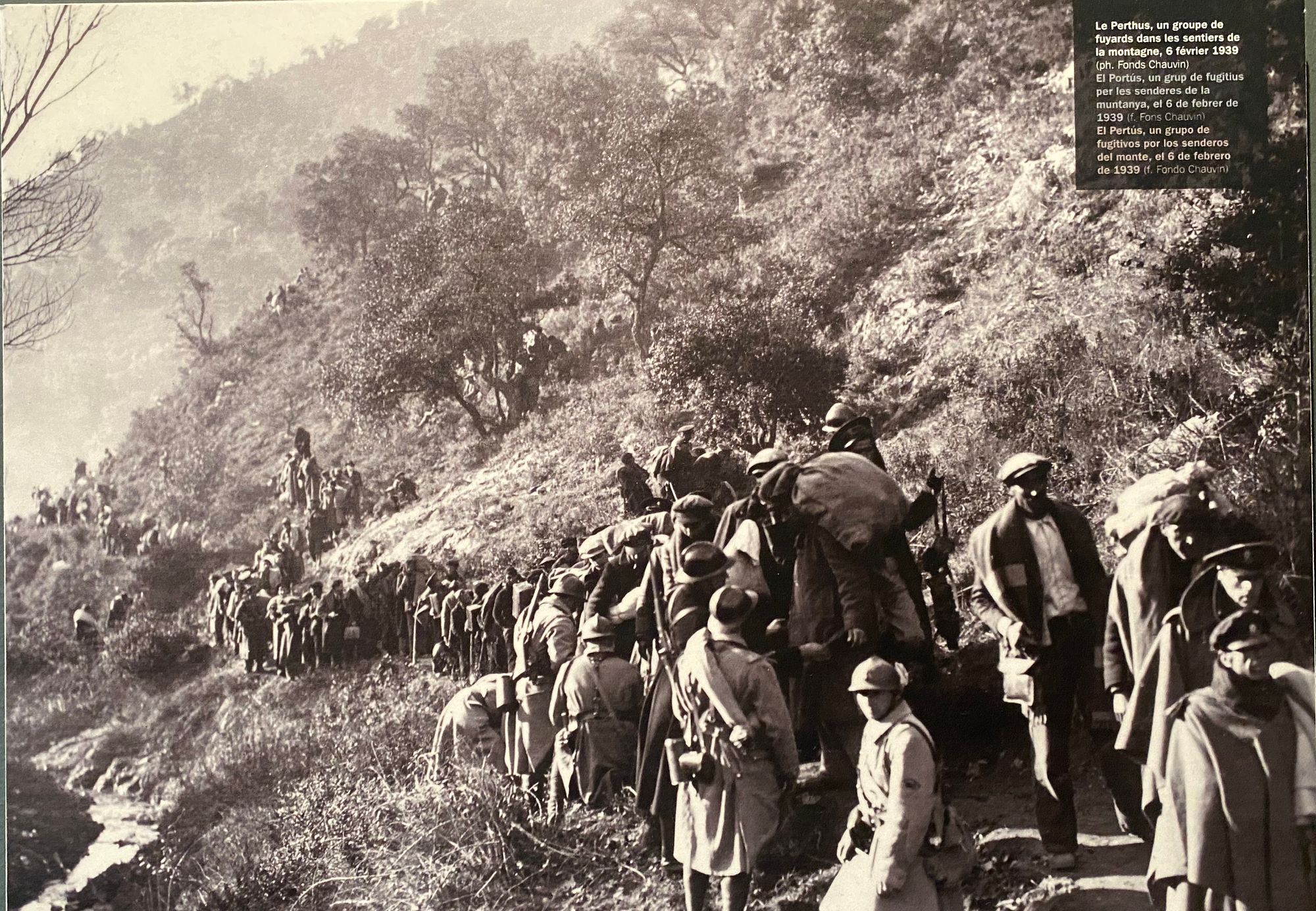
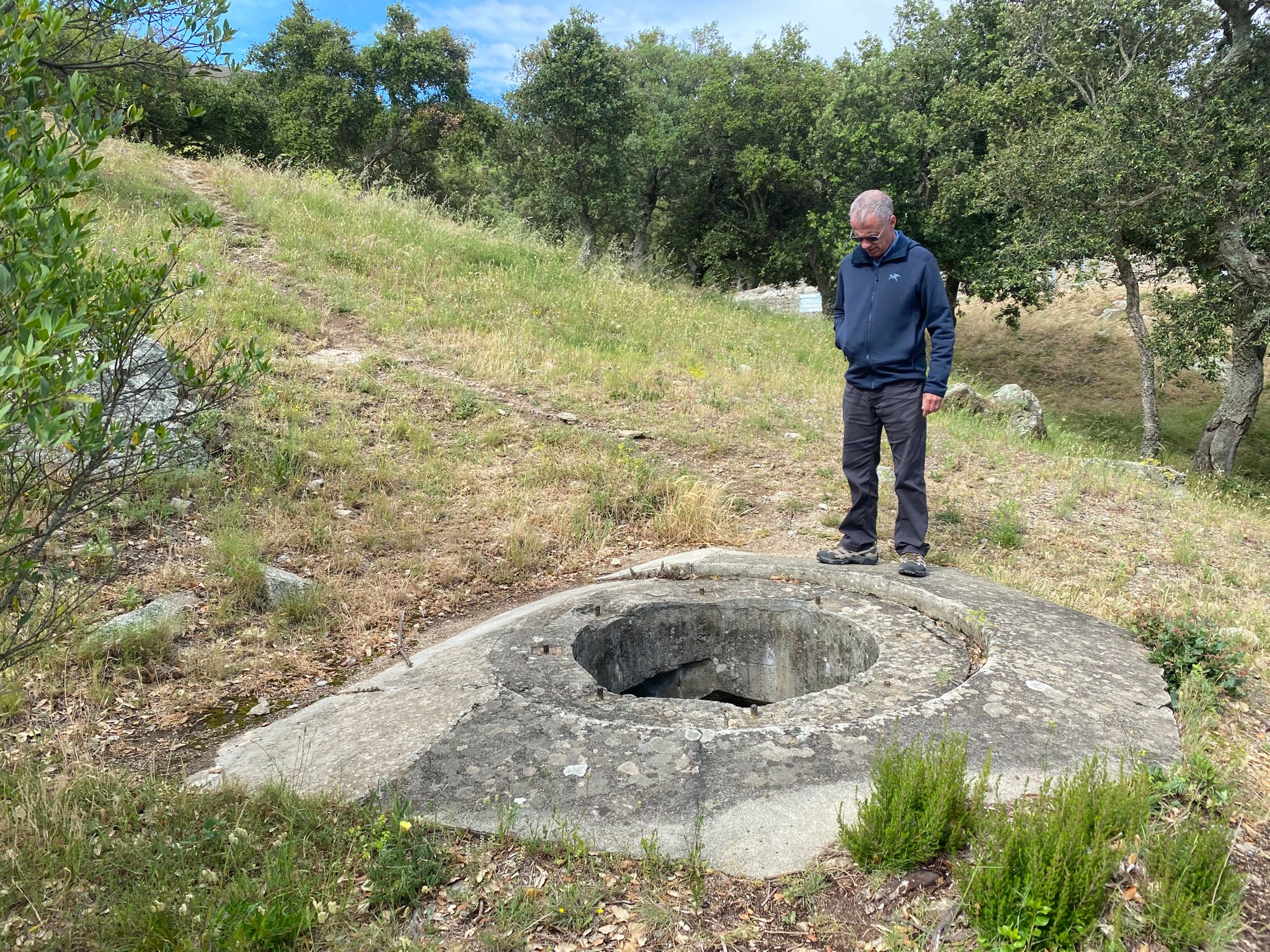
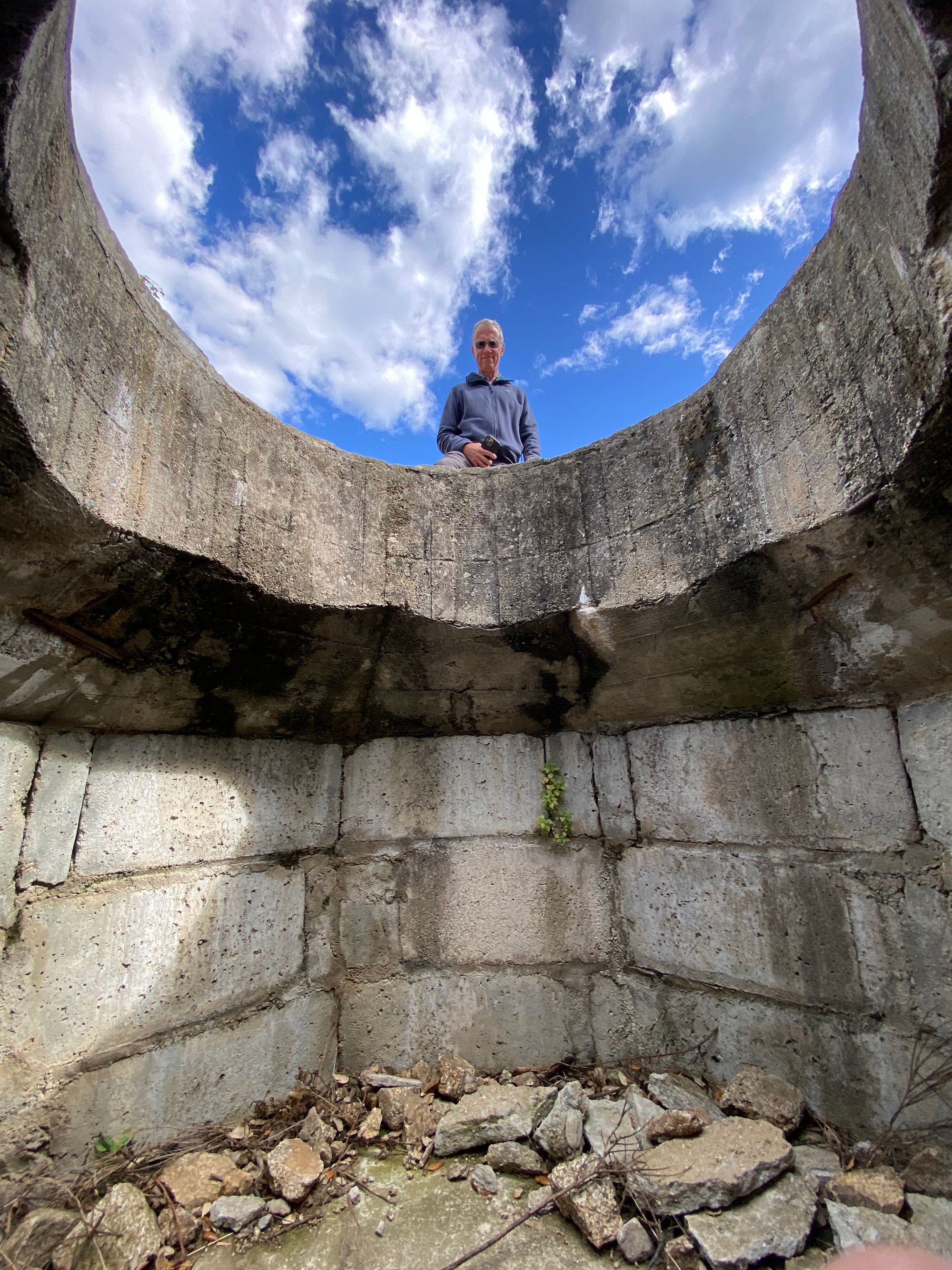
Spaniards flee to France | 1939 | Al looks at French military emplacement on border | 2022 | Le Perthus | France
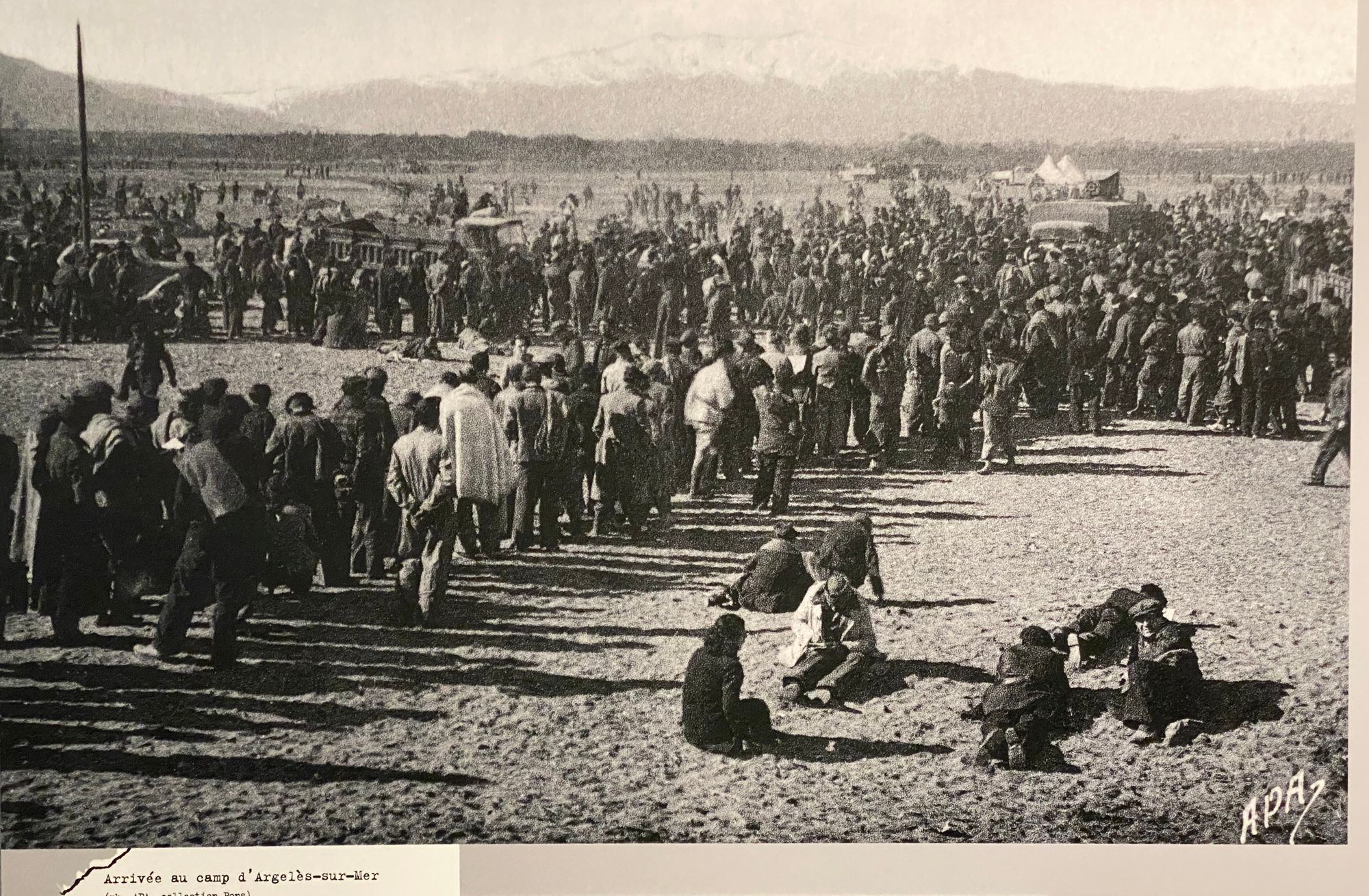

Spanish refugees arrive at beach camps | Argeles-sur-Mer | Photos courtesy of Memorial Le Camp

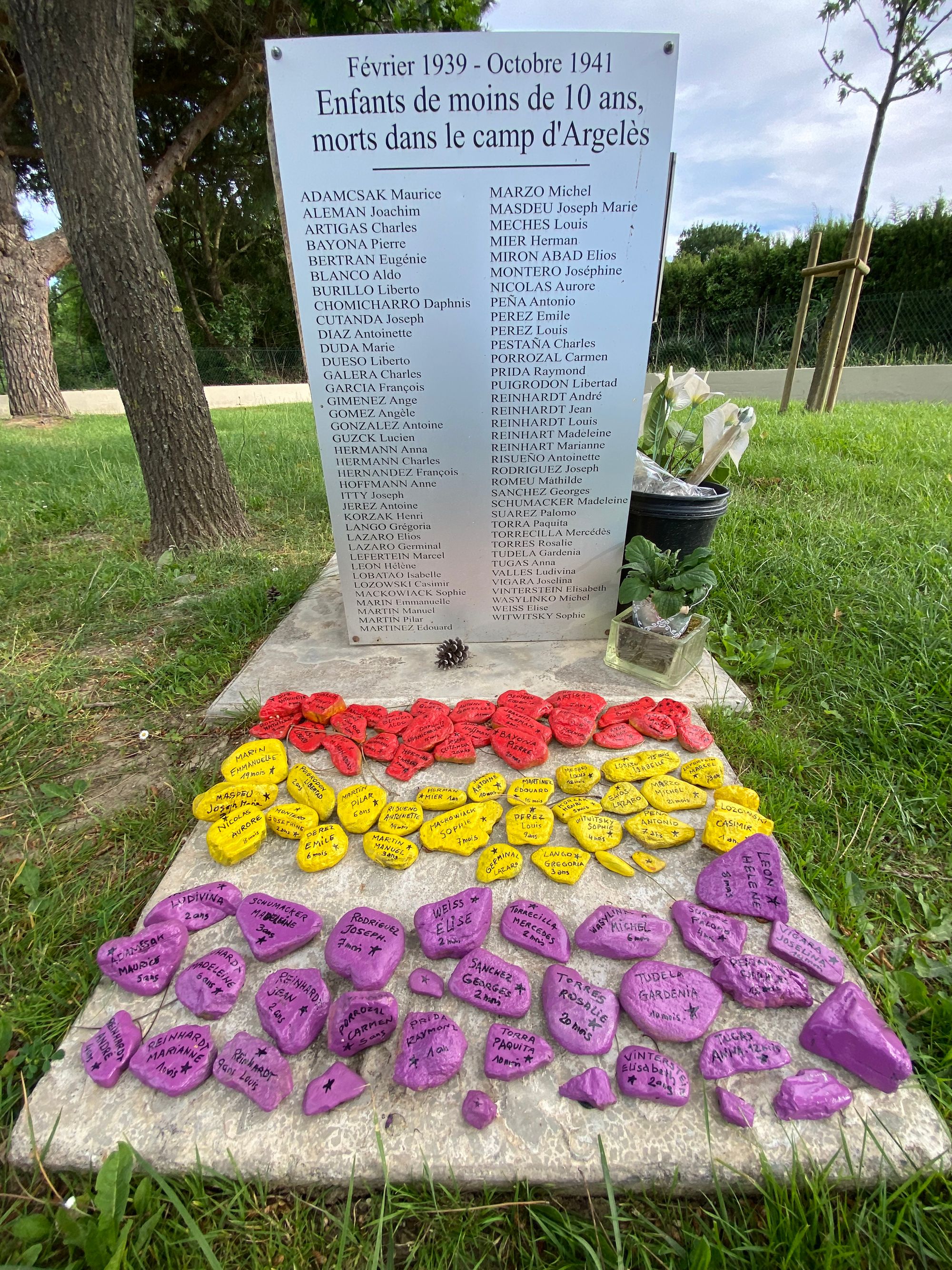
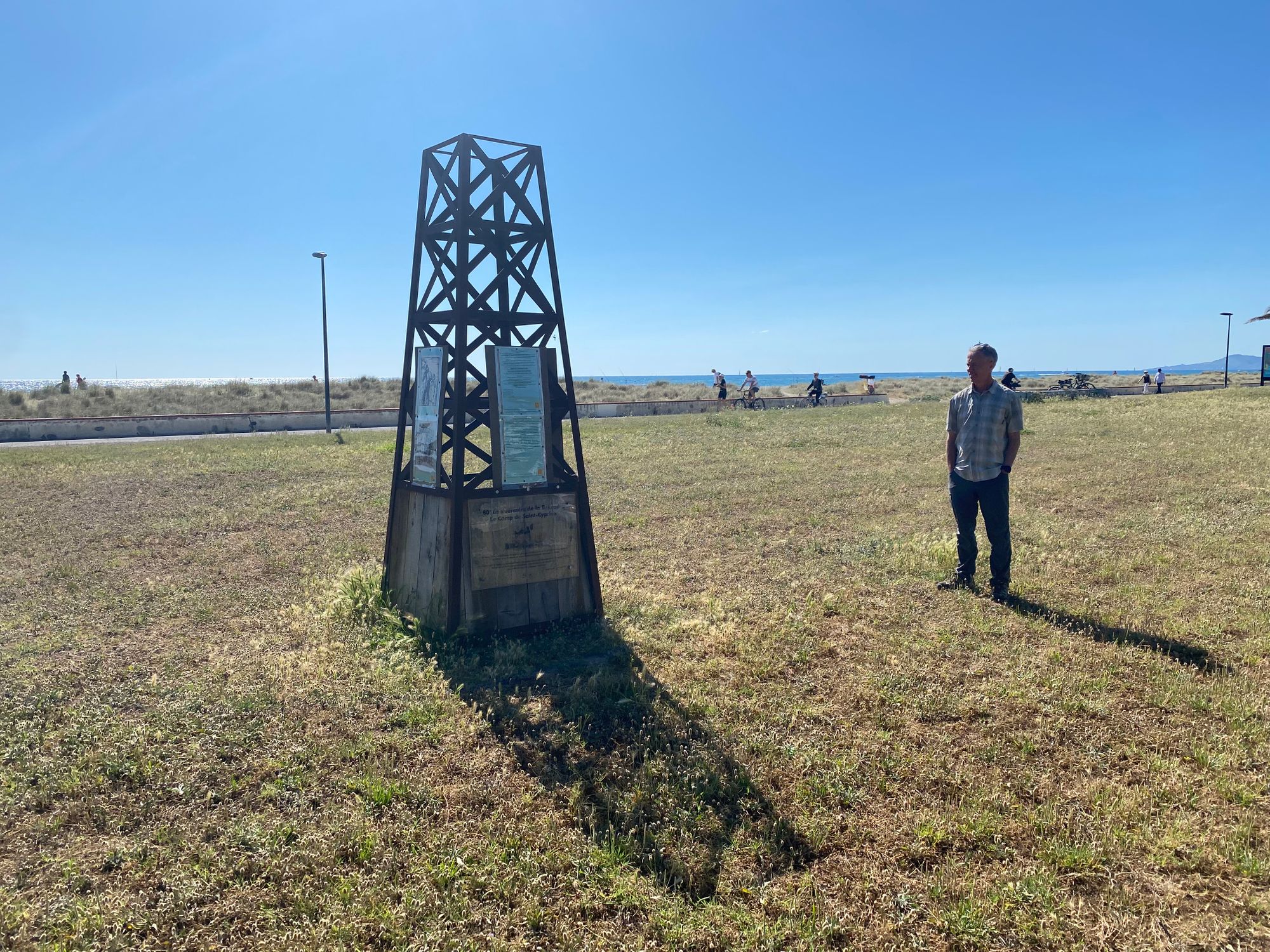
Argeles-sur-Mer Camp Memorial | Spanish Cemetery memorial to children under 10 who died | Al looks at remnant of the gate for the St Cyprien Camp where his father and grandfather were interned from 1940 to 1942
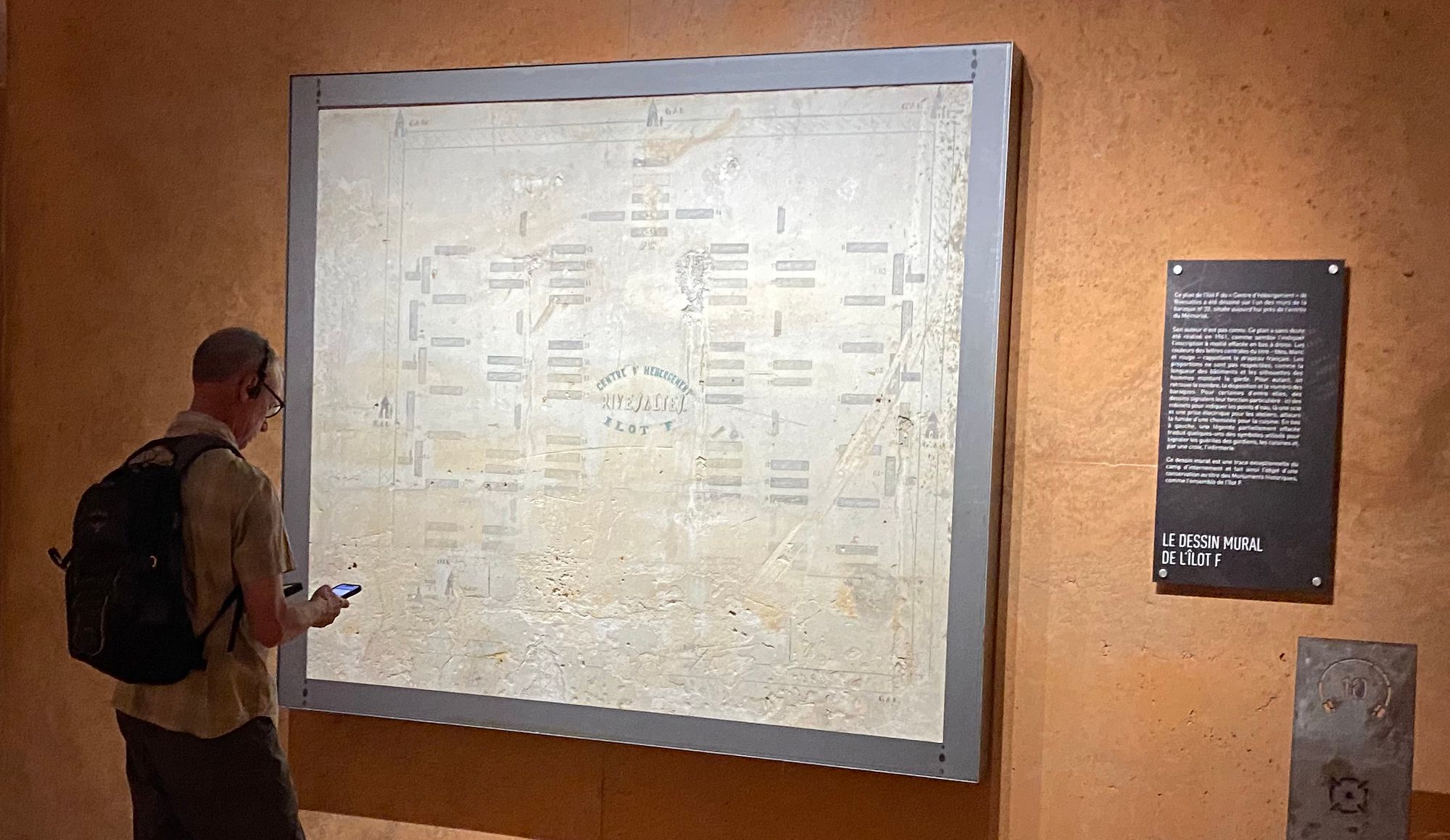
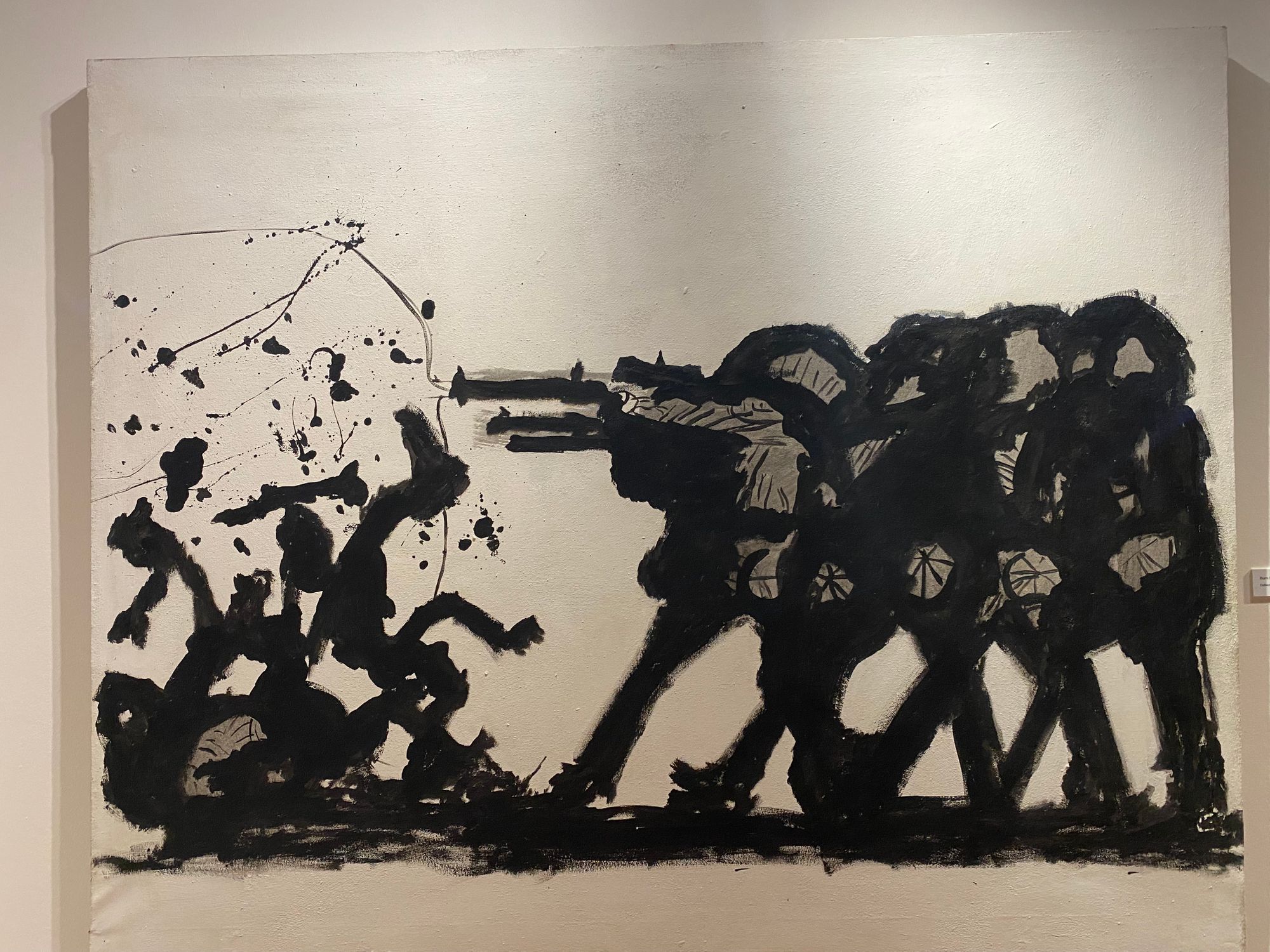
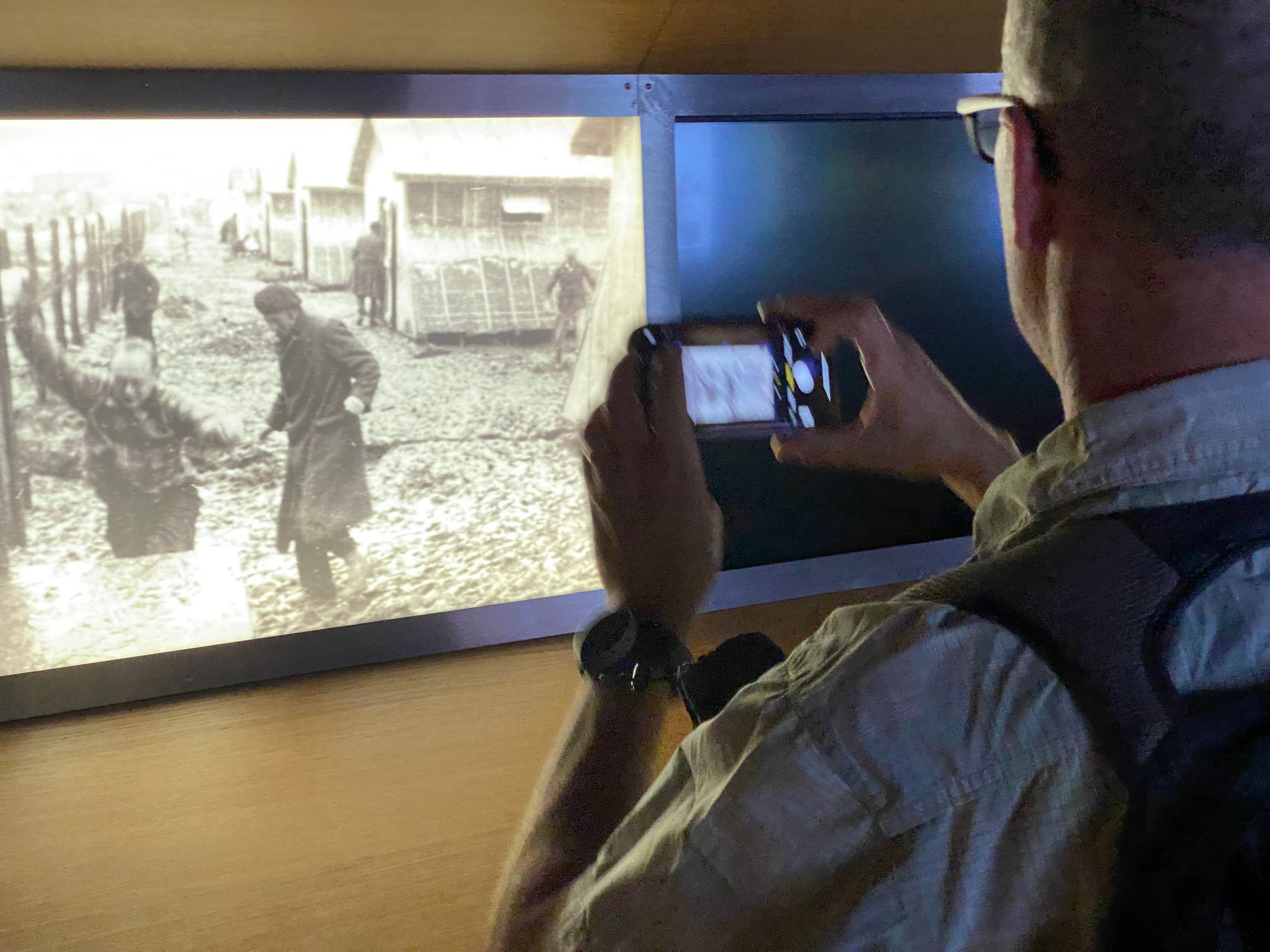

Al studies map of Ilot F where his father and grandparents where interned | painting of execution by Spanish Republican soldier and painter Joseph Bartoli who was interned in a refugee camp | a display of camp conditions | the toilets | Rivesaltes Internment Camp and Museums | France
The Spanish Civil War pitted a democratically-elected Republican government supported by socialists and communists against the rebellious Spanish military led Nationalist Phalangist forces. It ended with a fascist victory on 1 April 1939. Five months later Adolf Hilter's Nazi forces invaded Poland setting off the Second World War.
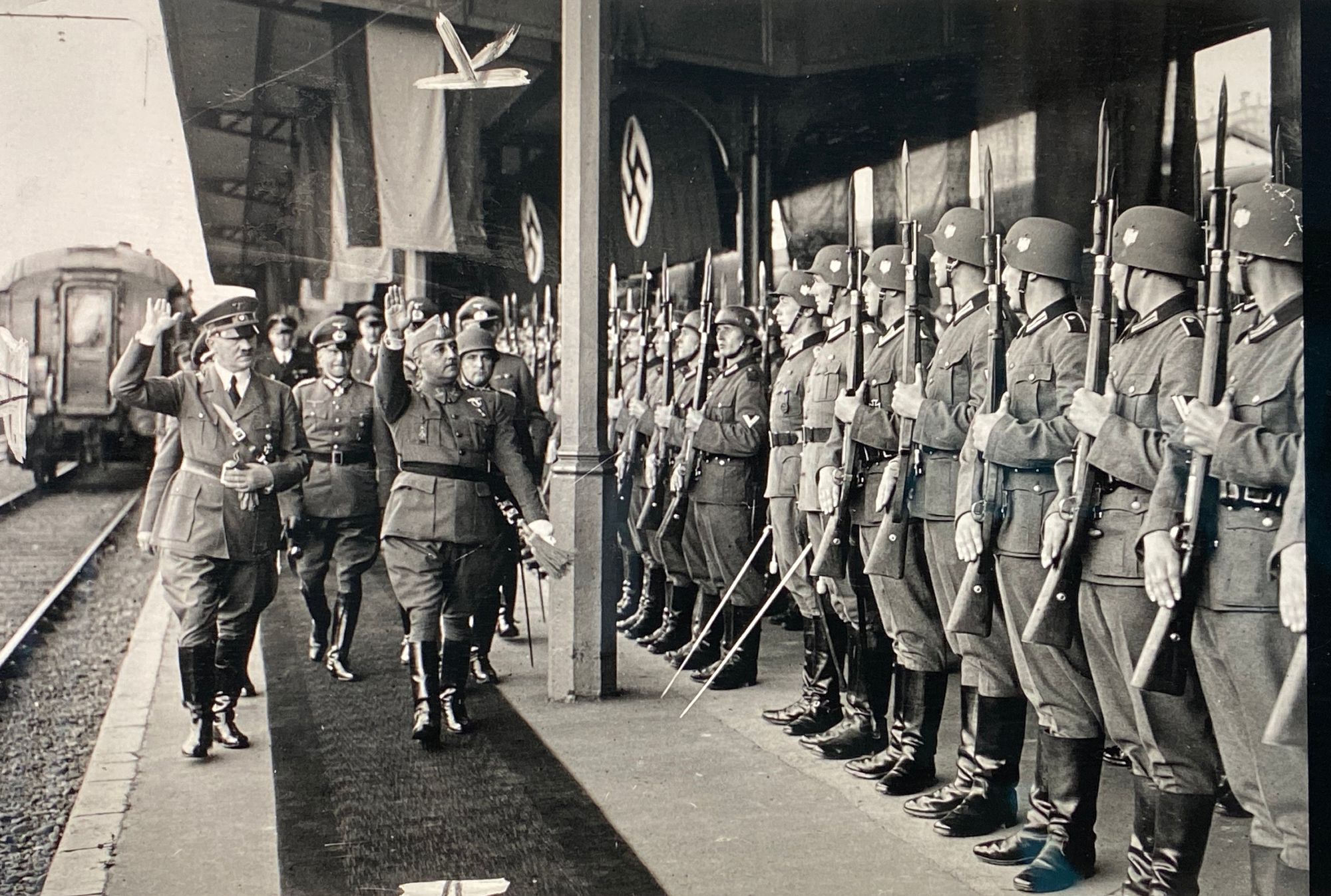
The Spanish Civil War was brutal and atrocities committed by both sides. Mass grave sites primarily in formerly Francoist-controlled areas are still being discovered and investigated. Generalissimo Francisco Franco would rule Spain as a dictator for 35 years until his death in 1975. Following Franco's death the Spanish monarchy was re-established and the country eventually evolved into a constitutional monarchy.
On the Republican side |
-110,000 killed in action (including executions)
-100,000–130,000 civilians killed inside the Francoist zone
On the Nationalist side |
-90,000 killed in action
-50,000 civilians killed inside the Republican zone
On my last day in Spain on a baking hot (114 degree F) miserable dust-strewn day, I visited the unkept Cemetery of the Martyrs of Paracuellos de Jarama. Thousands of victims were executed by supporters of the Spanish Republic in the chaotic days when it looked as if Madrid would fall to the Nationalists in late 1936.


Cemetery of the Martyrs of Paracuellos de Jarama
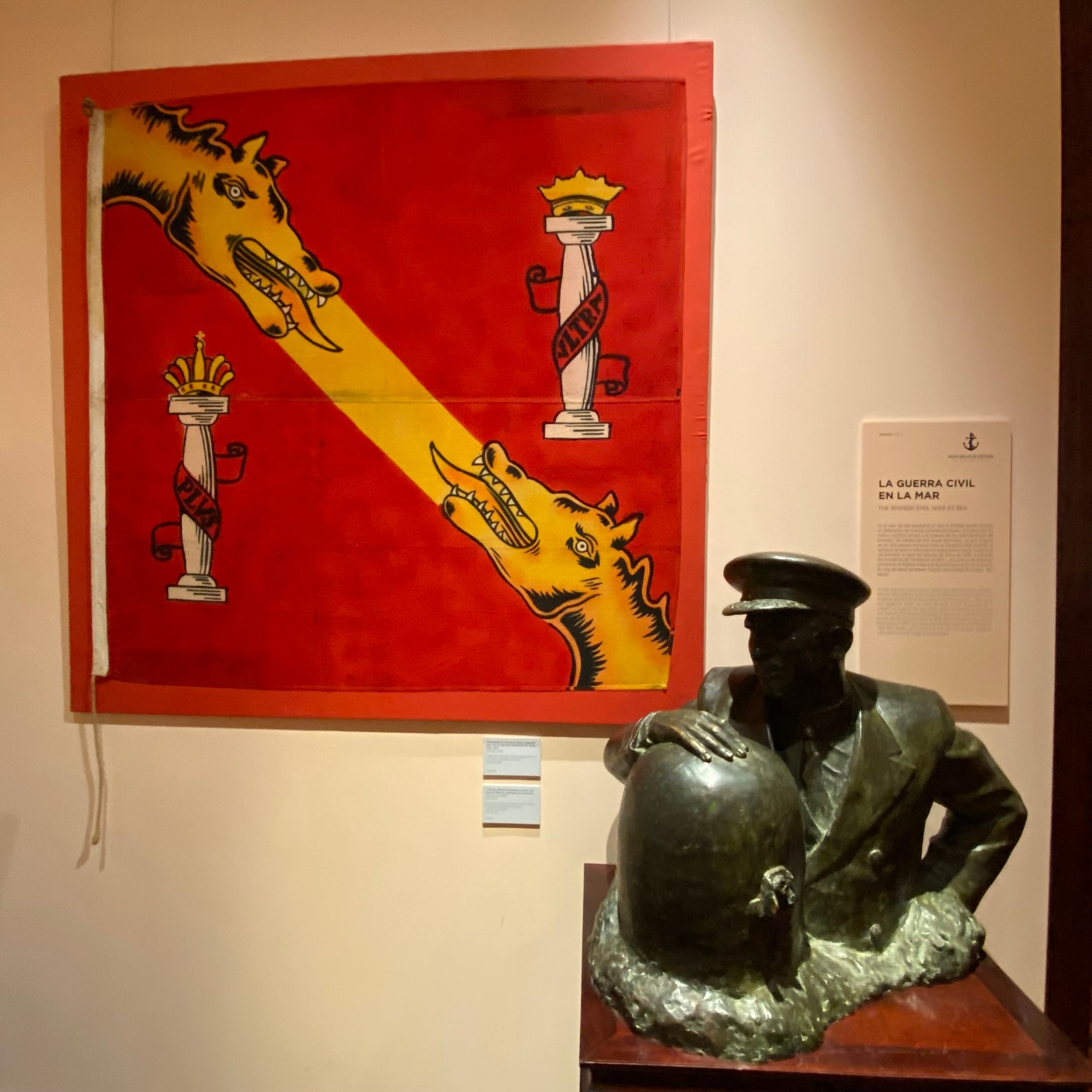

Ensign of Francisco Franco, Generalisimo of the Army, Navy and Air Force | Naval Museum | Madrid | Two Republican bombs adorn the Basílica de Nuestra Señora del Pilar in Zaragoza
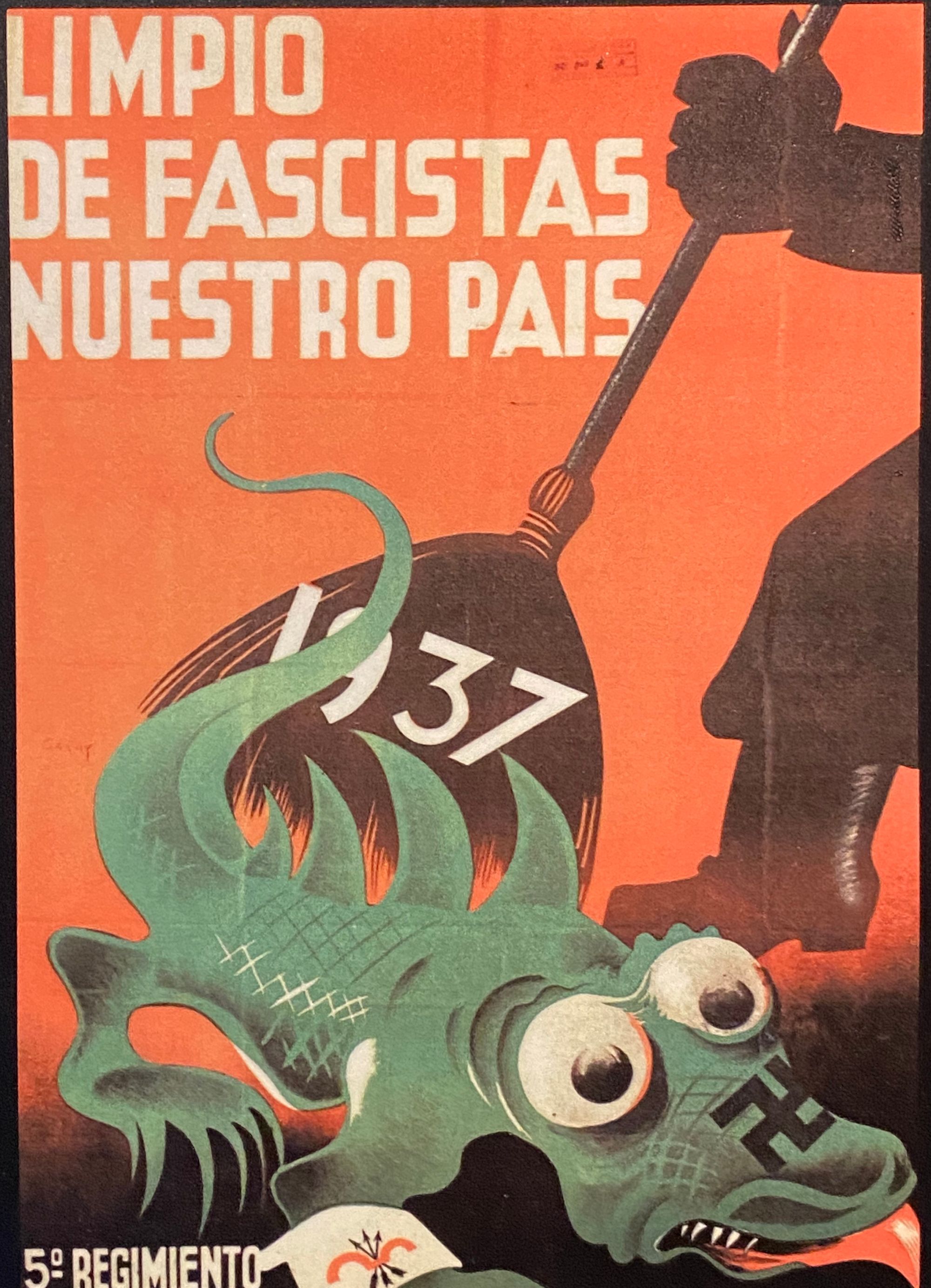
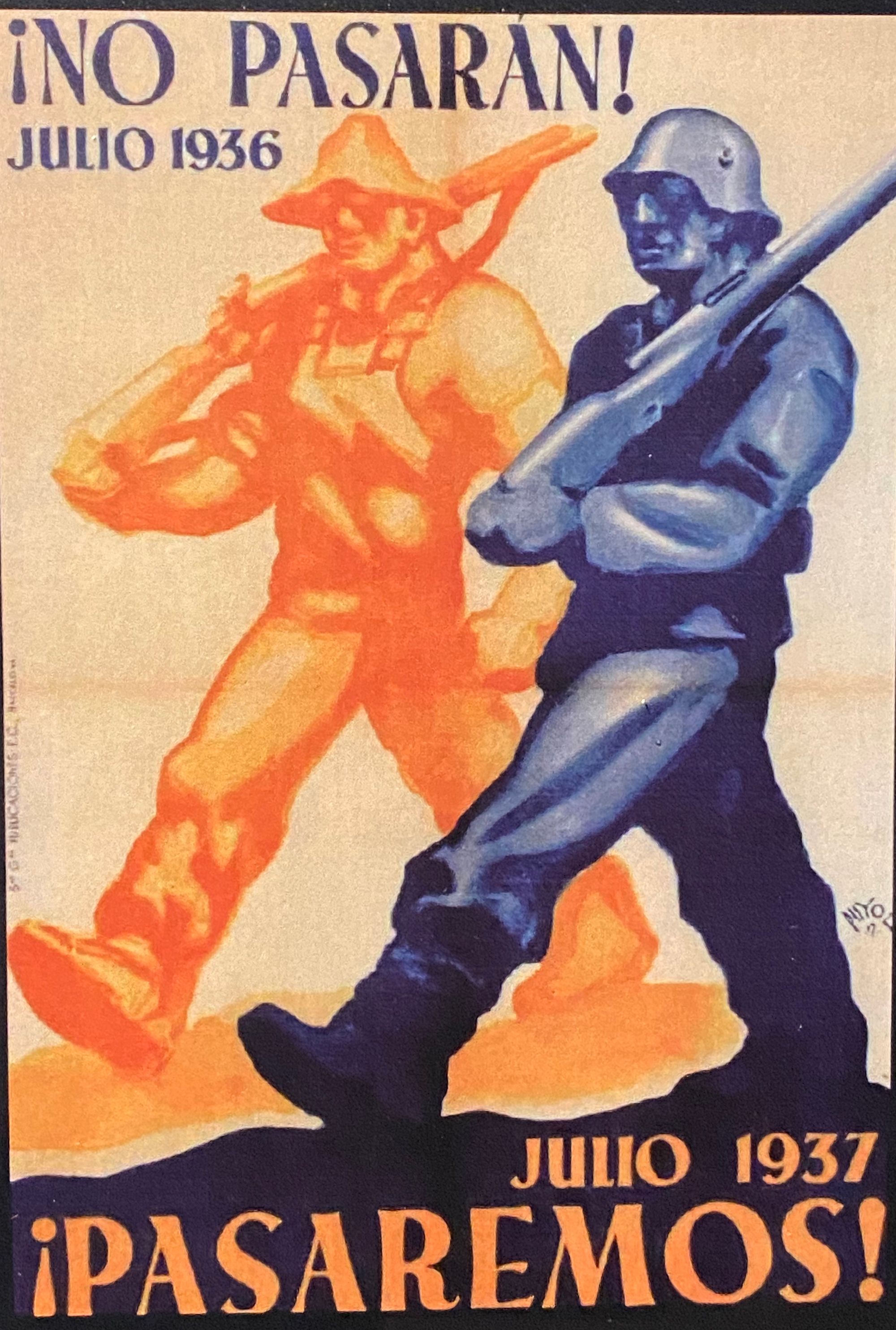

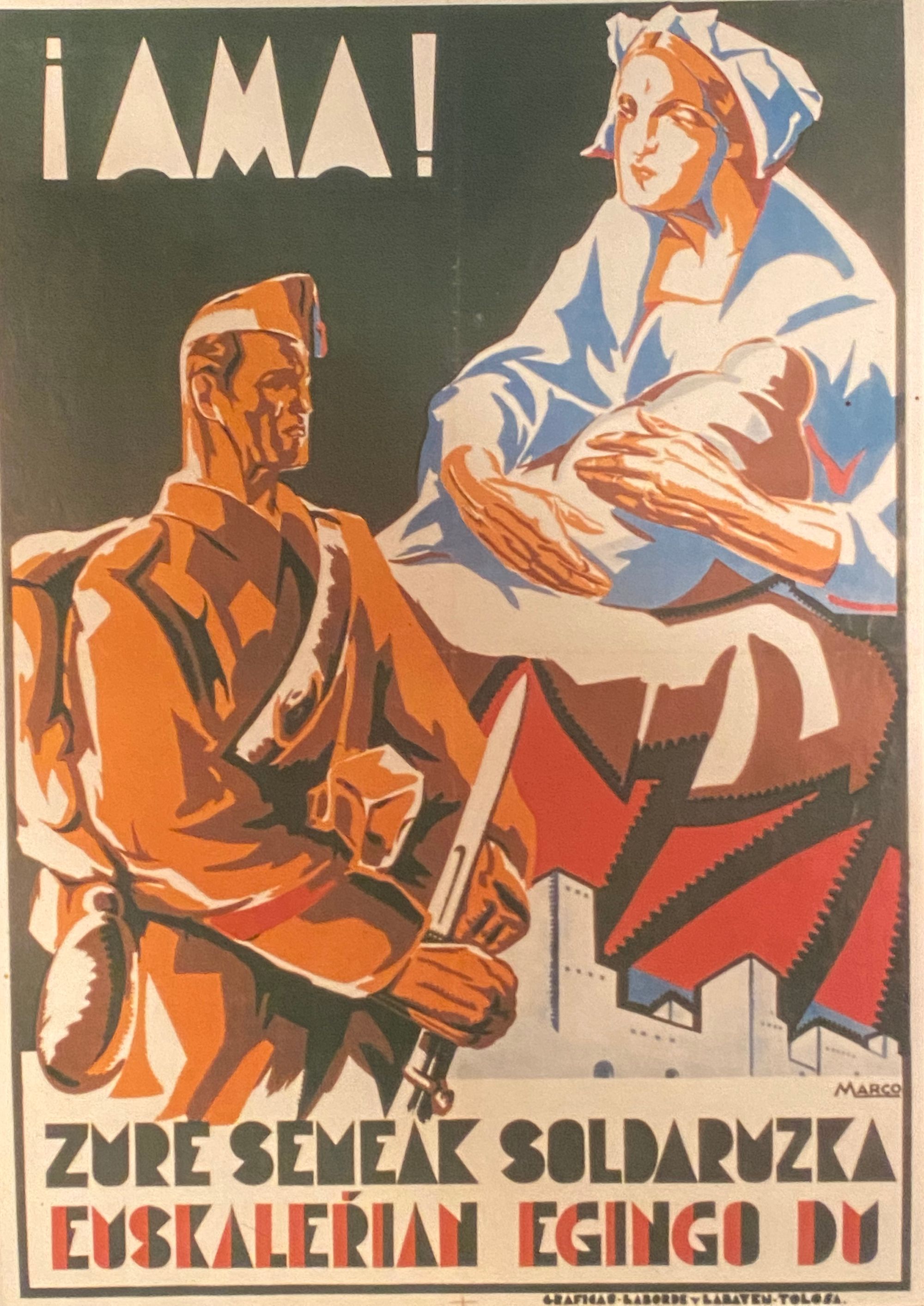
Spanish Republican posters
The Spanish Civil War pitted families against each other. Nobody was spared. Clergy, intellectuals, workers, farmers, landowners, soldiers, revolutionaries - all paid a price. Most exiles never returned fearing they would be imprisoned or possibly executed.
Nationalist monuments were erected - some built with Republican prisoners - still stand and are commemorated. Spain is the only Western country to have been led by a fascist dictator well into the 20th century.
Monuments commemorating victims of fascism have been erected and are also celebrated.

